One of the biggest advantages for APS-C is the ability to have large aperture prime lenses that are still compact and lightweight. The Fujinon XF 33mm F1.4 R LM WR weighs only 360g while boasting an extremely nice build quality, great weather sealing, good autofocus, and having the nice color rendition that Fuji optical glass provides. It was announced in September 2021, and, being a newer lens, has Fuji’s updated focus design that makes it more versatile for things like video. The XF 33mm offers a full frame 50mm equivalent angle of view (normal), and as such is going to be an indispensable addition to many photographer’s kit. This is an easy lens to produce lovely photos with.
The single greatest challenge for the XF 33mm is not some flaw of its own but rather the fact that there are two other XF mount 33mm F1.4 lenses to choose from: the Viltrox 33mm F1.4 at under $300 and the Tokina atx-m 33mm F1.4 at $350. The Fuji XF 33mm comes in at a much more premium $800 price point. I haven’t spent time with the Tokina, but I did review the Viltrox and found it to be fairly strong lens. The Fuji is the more mature, nuanced lens, but it will face a bit of a value question by comparison.
That’s a financial decision, obviously, but I will say that this has been one of my favorite Fuji primes that I’ve reviewed thus far. The lens offers nice colors, a decent magnification ratio that bests the other two alternatives, pleasant bokeh, and good sharpness.
So should you add one to your kit? We’ll try to answer that question in this review. If you would prefer to watch your reviews, you can choose watch my definitive video review below…or just keep reading.
Check me out on: My Patreon: | Google+: | Facebook: | Twitter: | Flickr: | 500px: | Sign Up for My Newsletter :
Follow Me @ YouTube | Patreon | Instagram | Facebook | DA Merchandise | Flickr | 500px Thanks to Fujifilm Canada for loaning me the X-H2 and lenses for this review. As always, this is a completely independent review and my conclusions are my own.
Fuji XF 33mm Build and Handling
Fuji likes to essentially build the feature list of their lenses right into the name, so if you learn to “speak Fuji” you can quickly get a sense of what a lens does and does not have right from the name. In this case, the name includes R, LM, and WR, which is a robust feature set.
- R = Ring, or specifically an aperture ring.
- LM = Linear Motor, Fuji’s premium focus system
- WR = Weather Resistance
That adds up to a fairly premium lens despite the compact size of the lens. The Fuji XF 33mm F1.4 has very pleasing proportions that look very nice when mounted on the camera.
Now, to be fair, I tested the lens on one of Fuji’s largest APS-C bodies – the X-H2, so if you are using one the very small bodies and want to travel as light as possible, there are smaller/lighter alternatives. To me, however, this is a great size lens on the X-H2.
The dimensions of the XF 33mm are 2.6 (D) x 2.9″ (L) / 67 x 73.5mm with a 58mm front filter thread size. As noted, the weight comes in at 12.7 oz or 360g. What’s weird is that the two competing lenses (Viltrox and Tokina) are identical in their own proportions and specifications. Both are 2.6 x 2.8″ (65 x 72mm) though the Viltrox weighs in at 270g while the Tokina is slightly heavier at 285g. But there’s more – they both have the same optical design (10 elements in 9 groups) and the same MFD (40cm) and maximum magnification (0.10x). Same filter thread size (52mm) and same number of aperture blades (9). The angle of view isn’t identical, so they aren’t the same optical design, but I have very rarely seen two lenses from two different companies with such similar specs. Here’s a look at a comparison chart between the three lenses:
The Fuji looks slightly larger than the Viltrox side by side, but nothing significant.
The aperture ring is the Fuji standard. It moves nicely with defined detents at the one third stop marks and with markings at the full stops (F1.4. F2, F2.8, etc…). Rotate the lens all the way to the right and click the little button on the ring if you want to move into A (automatic) mode and control aperture from within the camera.
The manual focus ring works fairly well. I could focus with fairly good precision and didn’t notice visible stepping despite being a focus by wire system.
The Fuji XF 33mm is a very nicely made lens despite its light weight. It feels very “metal” and dense. The lens has a classic semi-glass black finish to it and is completed with thorough weather sealing (as already noted) that has a rear gasket and internal seals.
The included lens hood is is made of plastic and is nothing particularly special. It feels like a cheap tack on compared to the build quality of the lens, and it stands out because the Viltrox costs 2 1/2x less but has a very nice metal lens hood that matches the lens better. The hood doesn’t even match in terms of texture.
There are no switches on the barrel, as AF/MF is handled via a lever/button on Fuji camera bodies. But many other lensmakers are including things like a focus hold button and/or declick option in lenses in this price zone, and it feels like the standard has been raised and Fuji isn’t quite meeting it. There is also no lens based optical stabilization. I used the X-H2 for this review, which has good in-camera-image-stabilization, so I didn’t actually miss it, but if you are shooting with an older camera, you might.
There are nine rounded aperture blades and I felt like the aperture did quite a good job of retaining a circular shape when stopped down. Here’s a look at the geometry at F1.4, F2, and F2.8:
The minimum focus distance is 30cm, which allows for a pretty average (for a 50mm lens) 0.15x magnification, though both the Viltrox and Tokina underwhelm with a 0.10x magnification, making the Fuji look pretty generous by comparison. Here’s a look at MFD:
Up close performance is good, and this real world shot shows both the magnification level and the detail available.
Contrast certainly isn’t at macro level, but there’s enough detail there to make up close shots with strongly blurred backgrounds a definite strength.
Overall, the build and features of the lens are very nice, and, as noted in the intro, the compact nature of the lens makes it easy to bring along.
Fujinon XF 33mm Autofocus Performance
The Fujinon XF 33mm F1.4 Macro is equipped with a linear focus motor, and that motor does the job of moving focus quickly and smoothly.
Focus accuracy was generally good as well, delivering well focused results in a variety of lighting conditions. This shot of Ferrari shows good focus even at F1.4:
I used it at a games night with friends, and it delivered nicely focused results in typical room lighting.
Focus was quiet and quick, and focus accuracy is most situations was very good. Here, for example, focus grabbed the tiny spring buds that I was trying to capture.
I will noted that if the “green box” was not on the area that I wanted, focus would not grab an obvious foreground subject even with whole sensor tracking engaged. I got this shot, for example:
When what I was looking for was this shot:
This seems to be a Fuji issue and not this particular lens, however.
If I tested focus pulls in stills mode, I would hear a little clacking not from the focus motor but the aperture blades. Focus was tuned for speed there. If I switched to video mode, the damping was definitely increased, and focus pulls were more smooth and gradual rather than snappy. This is good, though I did see a few visible steps, particularly right before final subject lock. Not a flawless performance, but definitely better than what I saw from earlier Fuji lenses. Worth noting is that focus breathing is very minimal as well.
When doing my hand test I had a hard time getting the focus system to leave my face even with my hand covering most of the frame. I had to intentionally block all of my face before focus would shift to my hand. It was a little frustrating for that exercise, but I did appreciate that if I passed my hand back and forth laterally in front of the camera focus never wavered from my eyes, so stickiness was good.
Here’s another shot that shows off real world precision of focus (on an X-H2), and I thought it did a good job:
I was satisfied with the focus performance here in general, and, if focus isn’t quite at the top tier level I see from other brands like Sony or Canon, I don’t feel like the gap between Fuji products and them is quite as wide anymore.
Fuji XF 33mm Image Quality Breakdown
The Fuji XF 33mm has a complex optical formula of 15 elements in 10 groups, which includes 2 aspherical and 3 ED elements. That’s 5 elements more than either the Viltrox or the Tokina. It does pay off here, however, as I feel like the XF 33mm strikes a very nice balance between sharpness, bokeh, and general rendering. The MTF chart suggests a sharp center with a fairly steep decline to the mid-frame, but the sharpness essentially flatlines from there to the edge of the frame.
The extremely high resolution of the Fujifilm X-H2 (40.2MP) that I’m reviewing the lens on will give it a sterner test than any of the available cameras when it was released, though I would largely say that the XF 33mm is up to the task. Images have nice detail, and this simple shot of pine needles in the rain (at F1.4) stood out to me.
Fuji’s correction profiles are typically quite good, but I’ll turn them off to take a look at the actual lens performance when it comes to vignette and distortion.
We can see that there is some distortion (pincushion style) and vignette. If I do a manual correction I find that the distortion pattern is very linear and easily fixes with a value of -5. The vignette is a bit heavier, but a +62 clears it up (about 2 1/4 stops). The correction profile does all of this easily either in camera for JPEG/Video or in software for RAW files.
Nothing too troubling here. How about chromatic aberrations? First of all, nothing jumped out at me in real world testing. When I went looking for longitudinal chromatic aberrations, I was able to find some mostly in the form of some blue/green fringing around some specular bokeh highlights, but nothing obvious or egregious.
I saw next to no lateral chromatic aberrations near the edge of the frame either on my chart in on bare branches in real world shots, so nothing to worry about on that front.
Here’s a look at my test chart that the crops came from (40MP images from the X-H2):
Here’s a look at F1.4 crops (about 175% magnification) from the center, mid-frame, and corner:
You can see that the resolution does indeed drop off significantly from the center to the mid-frame results, with a very shallow decline from there to the corners. Fortunately real world images at wide apertures are mostly composed in the area where resolution is higher on a lens like this, and when you hit the sweet spot, you can get nice, high contrast results.
Contrast isn’t off the charts, but I did think that the detail in this night scene at F1.4 was perfectly usable.
When I compared to the Viltrox at F1.4 the Fuji had a clear advantage in sharpness across the frame.
Stopping the lens down to F2 starts to improve the contrast across the frame, and I do see better detail starting to emerge in the midframe and corners.
Things are looking better by F2.8, and better still by F4. Smaller aperture images have nice detail across the frame, like this shot at F5.6:
How about this old barn at F5.6, where I see only a slight bit less contrast near the edge of the frame:
If I check back in with the Viltrox, one of the biggest things I see is how much more consistent the metering was with the Fuji lens when shooting my chart tests. The Viltrox rendered oddly dark even though there was only a very minor difference in shutter speed. The Fuji is sharper and better centered across the frame. This is a case of “you get what you pay for”:
Minimum aperture is F16, but on a high resolution body like the X-H2 diffraction has long set in and robbed the image of most clarity and contrast:
On the new higher resolution bodies with the 40MP sensor, I would try to stay at F8 or larger as much as possible.
So detail is quite good, but my favorite part of the lens is the combination of sharpness and bokeh. It renders very nicely, with a nicely blurred background. Up close (where the background blur is increased) the bokeh is very soft and creamy:
Even if you move back a bit and allow for a more complicated background, the rendering remained quite good and not strongly “jittery”.
I also continued to like the bokeh with the lens stopped down a bit (F2.8 here):
When I let the sun into the frame I found that contrast dipped a bit but neither did I see anything too appalling.
Color rendition were very nice – punchy and clean.
After being a little underwhelmed by the 30mm F2.8 Macro, it’s very nice to wrap up a review on a recent Fuji prime and think, “that’s a lens I’d like to own!” I generally liked the images that I got with the XF 33mm and appreciate the nice balanced design of the optics. Check out the image gallery to see more of those images for yourself and to draw your own conclusions from them.
Conclusion
Fuji has taken quite a few “kicks at the can” at the “normal” focal length, with three previous 35mm designs, and, while I liked the XF 35mm F2 a fair bit, this newer Fujinon XF 33mm F1.4 checks the most boxes for me. It delivers a really nice blend of sharpness, bokeh, and color rendition while having a nice weather sealed build, good autofocus, and a compact form factor.
There’s relatively little to criticize, as while the wide open contrast isn’t record breaking, it’s also what allows for the nice defocus in the background.
The XF 33mm is a lens that isn’t outclassed by the daunting new 40MP Fuji sensors which is huge in and of itself. While I can’t speak for the Tokinon 33mm F1.4, the copy of the Viltrox 33mm F1.4 is easily outclassed by the Fuji, which does help to justify the higher price tag. The Fuji also has a more sophisticated focus system, weather sealing, and much nicer color. The Viltrox or Tokina are probably still good budget alternatives, but I suspect that those who are looking for a great normal lens will be most satisfied by saving up and adding the Fujinon XF 33mm F1.4. It’s one of the more complete short prime lenses that I’ve tested thus far on Fuji.
Pros:
- Well made lens in a compact package
- Good build and weather sealing
- Linear motor is quiet and fast
- Good stickiness on eyes during focus
- Focus pulls are smoothly damped
- Good center sharpness from F1.4 on
- Excellent sharpness across frame when stopped down
- Very nice bokeh
- Low levels of chromatic aberrations
- Beautiful color rendition
Cons:
- Lens hood feels cheap
- No declick option or physical controls other than aperture ring
- Softer in midframe and corner at large apertures
- Some slight stepping in video focus pulls
Gear Used:
Purchase the Fujinon XF 33mm F1.4 @ B&H Photo | Adorama | Amazon | Camera Canada | Amazon Canada | Amazon UK | Amazon Germany
Purchase the Fujifilm X-H2 @ B&H Photo | Adorama | Amazon | Camera Canada | Amazon Canada | Amazon UK | Amazon Germany
Purchase the Fujifilm X-T5 @ B&H Photo | Amazon | Camera Canada | Amazon Canada | Amazon UK | Find it Used at KEH
Purchase the Viltrox AF 33mm F1.4 XF @ Viltrox Store | B&H Photo | Amazon | Amazon Canada | Amazon UK | Amazon Germany | Ebay
Purchase the Fujifilm X-T4 @B&H Photo | Amazon | Amazon Canada | Amazon UK | Amazon Germany | Ebay
Purchase the Fujifilm X-S10 @ B&H Photo | Amazon | Camera Canada | Amazon Canada | Amazon UK | Amazon Germany | Ebay
Want to support this channel? Use these affiliate links to shop at: B&H Photo | Amazon | | Camera Canada | Ebay | Make a donation via Paypal
Buy DA Merchandise https://bit.ly/TWIMerch Peak Design Leash Strap: Peak Design Store | B&H Photo | Amazon | Amazon Canada | Amazon UK Adobe Photoshop Creative Cloud 1-Year Subscription Get a discount off all Skylum Editing Software (Luminar, Aurora HDR, AirMagic) by using code DUSTINHDR at checkout: Visit Dustin’s Amazon Storefront and see his favorite gear Purchasing your gear through B&H and these links helps fund this website and keeps the articles coming. You can also make a donation here if you would like. Visit my Amazon page for some of my gear of choice! Thank you for your support.  Purchasing your gear through B&H and these links helps fund this website and keeps the articles coming. You can also make a donation here if you would like. Visit my Amazon page for some of my gear of choice! Thank you for your support.
Purchasing your gear through B&H and these links helps fund this website and keeps the articles coming. You can also make a donation here if you would like. Visit my Amazon page for some of my gear of choice! Thank you for your support.
Receive a 5% discount on all purchases at Amplis Foto, Canada’s Leading Photographic Supplier. Please enter discount code: AMPLIS52018DA in your cart. It is good for everything in your cart, and is stackable with other coupons, too! It will take 5% off your entire order! Proceeds go towards keeping this site going and providing you with new reviews!
Use Code “DUSTINHDR” to get $10 off ($15 CDN) any Skylum product: Luminar, Aurora, or AirMagic
Keywords: 33mm, 33mm F1.4, XF 33mm F1.4, Fuji, Fuji 33mm Review, Fujinon XF 33mm F1.4 Review, LM, WR, R, 33mm, 33, 1.4, F1.4, F/1.4, Fujinon, Fujifilm, X-H2, FujiFILM X-H2, X-H2 Review, X-T5, Fuji X-H2, Fuji X-H2 Review, Fujinon, Dustin Abbott, Review, Sensor, Tracking, IBIS, Stabilization, Eye AF, Viltrox, XF, Review, Hands On, Video Test, Sharpness, High ISO, Autofocus, Dynamic Range, 40MP, 40 MP, Lens, Comparison, Test, Dustinabbott.net, APS-C, X-Trans, letthelightin, DA


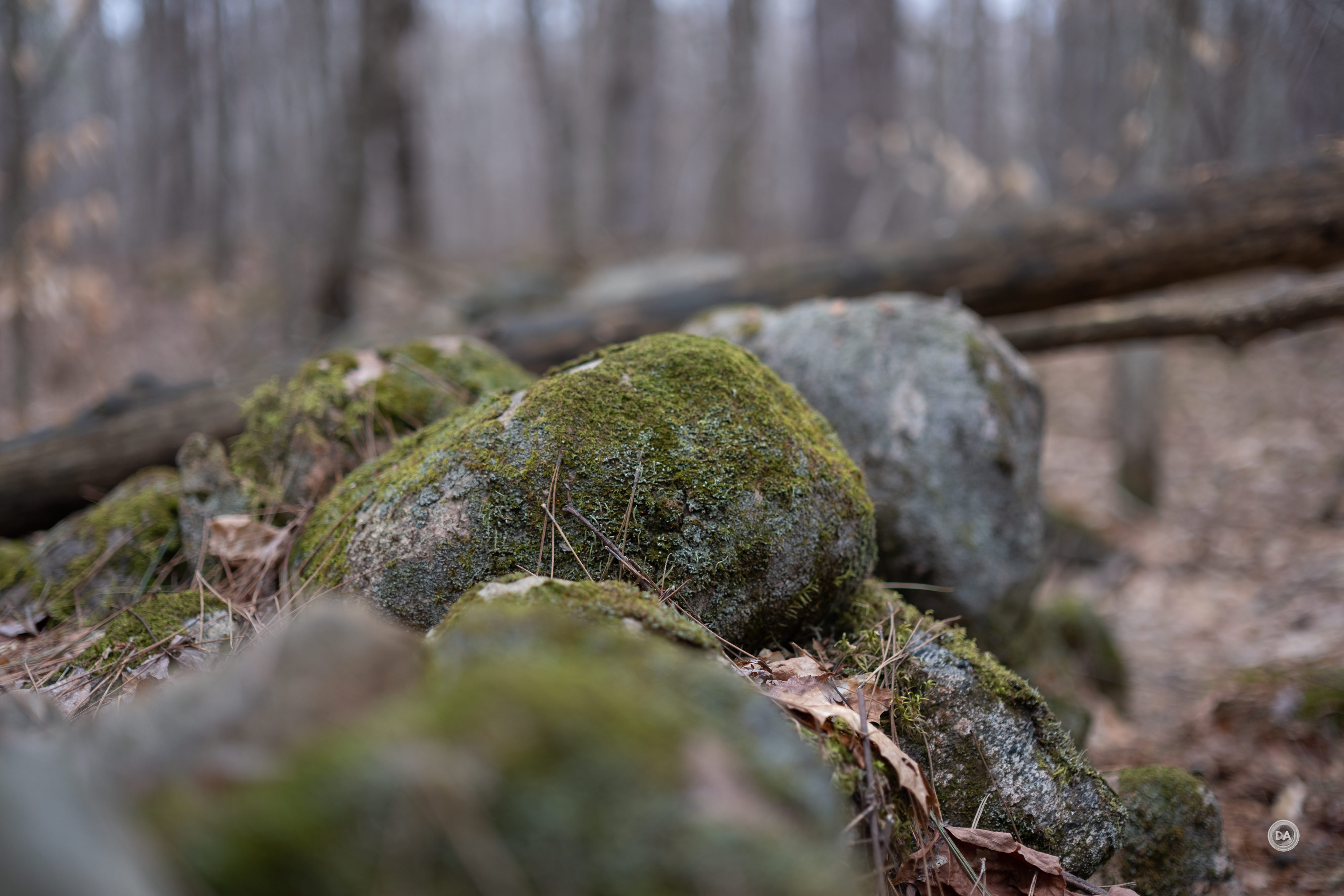
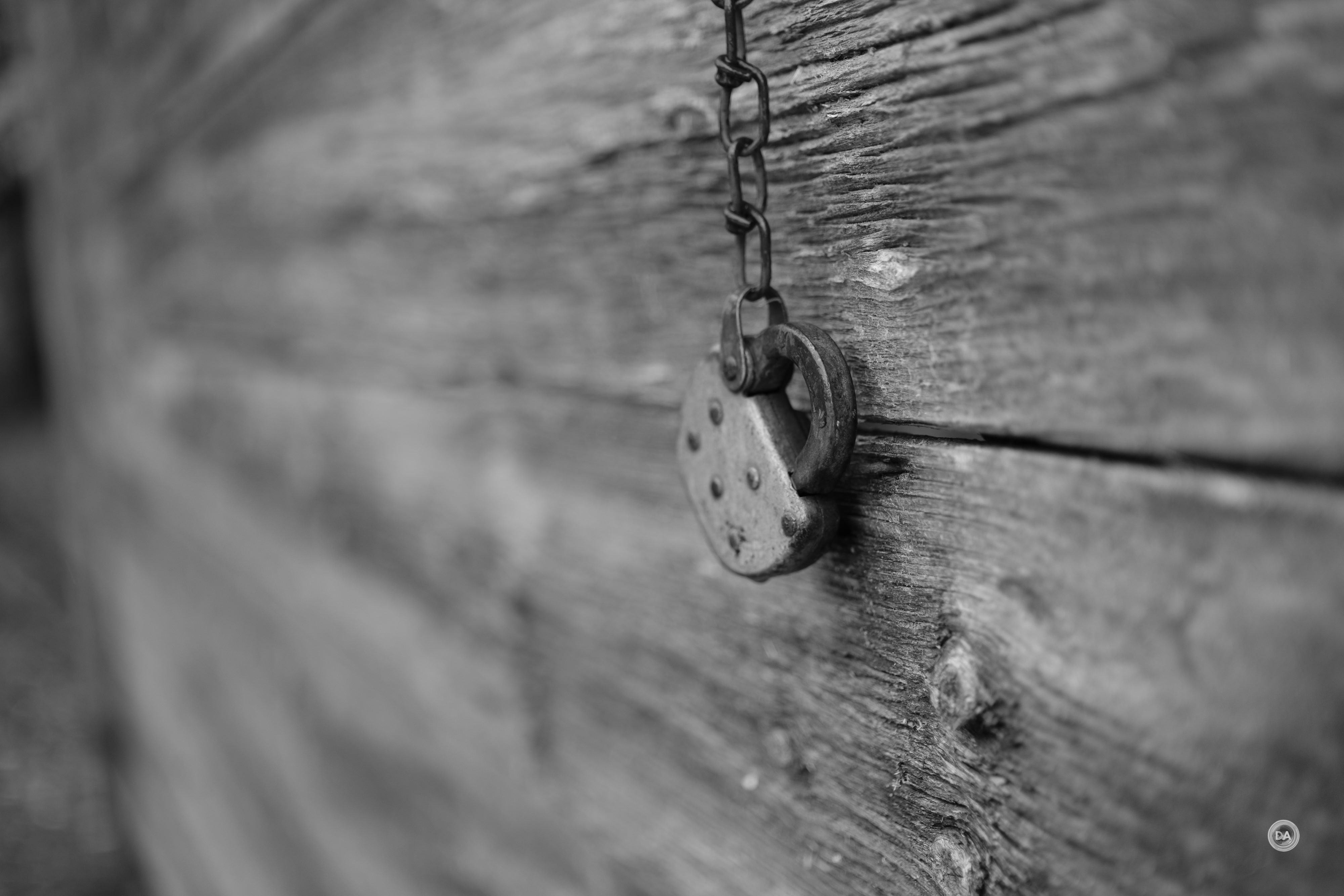
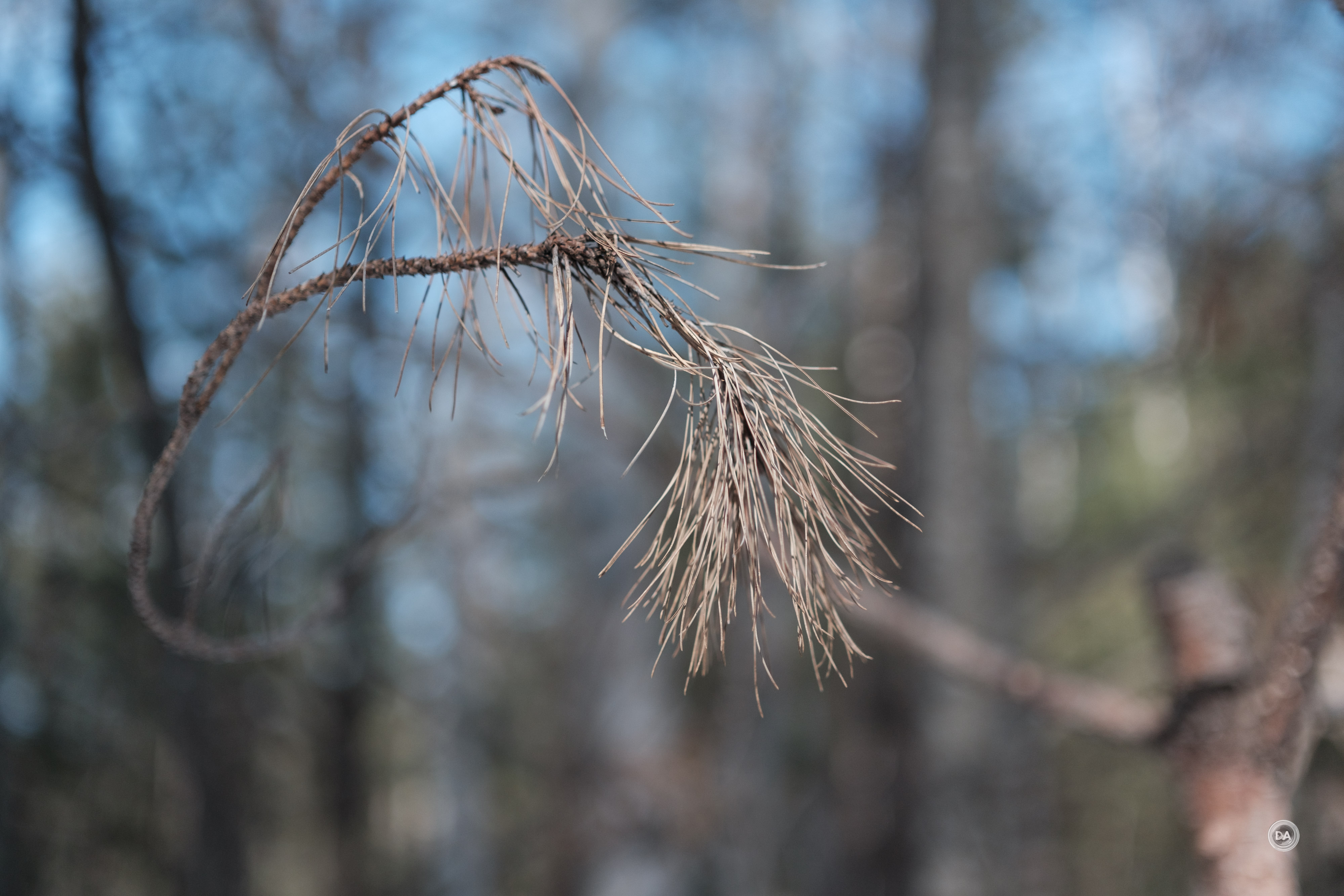
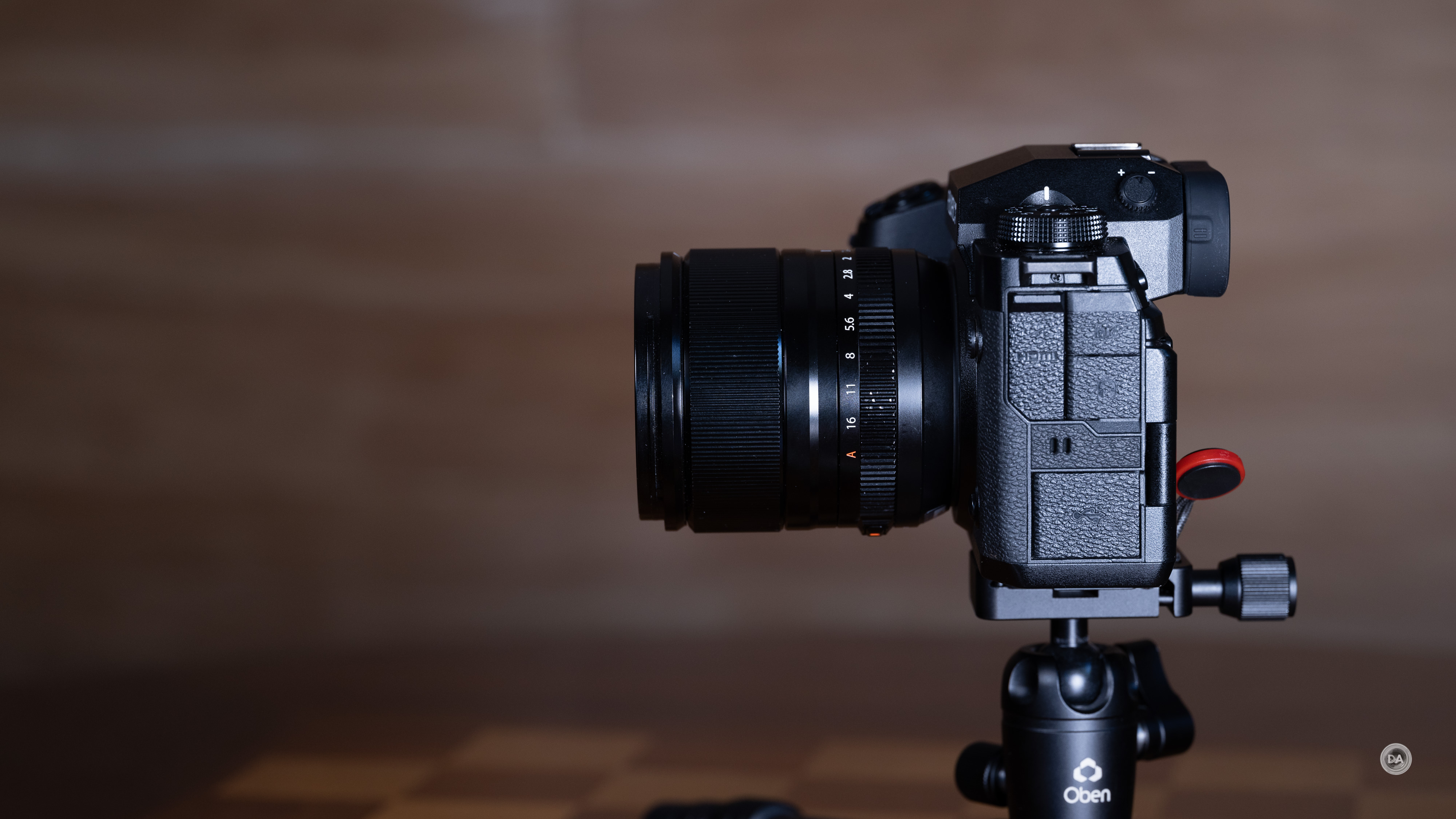
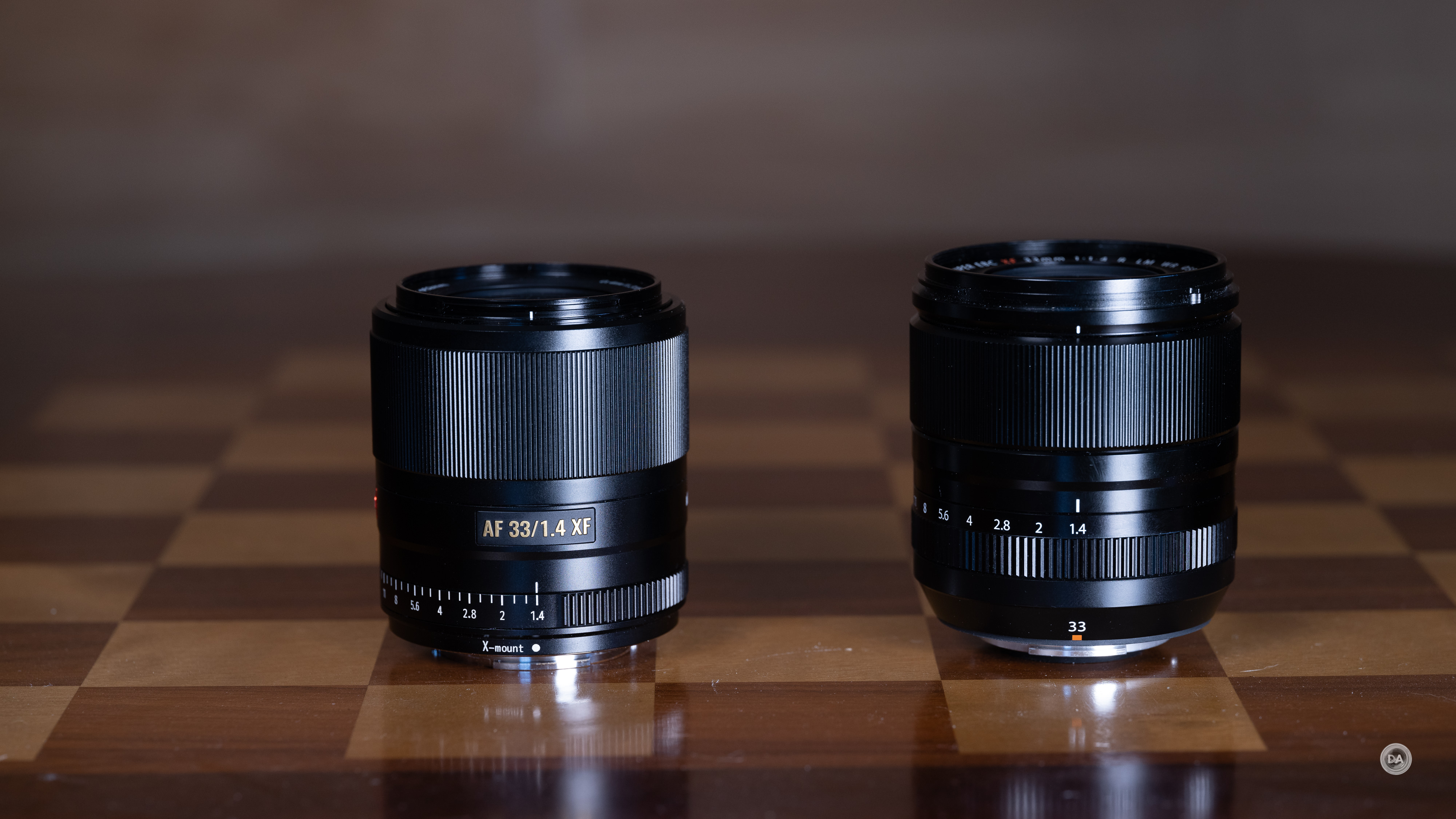
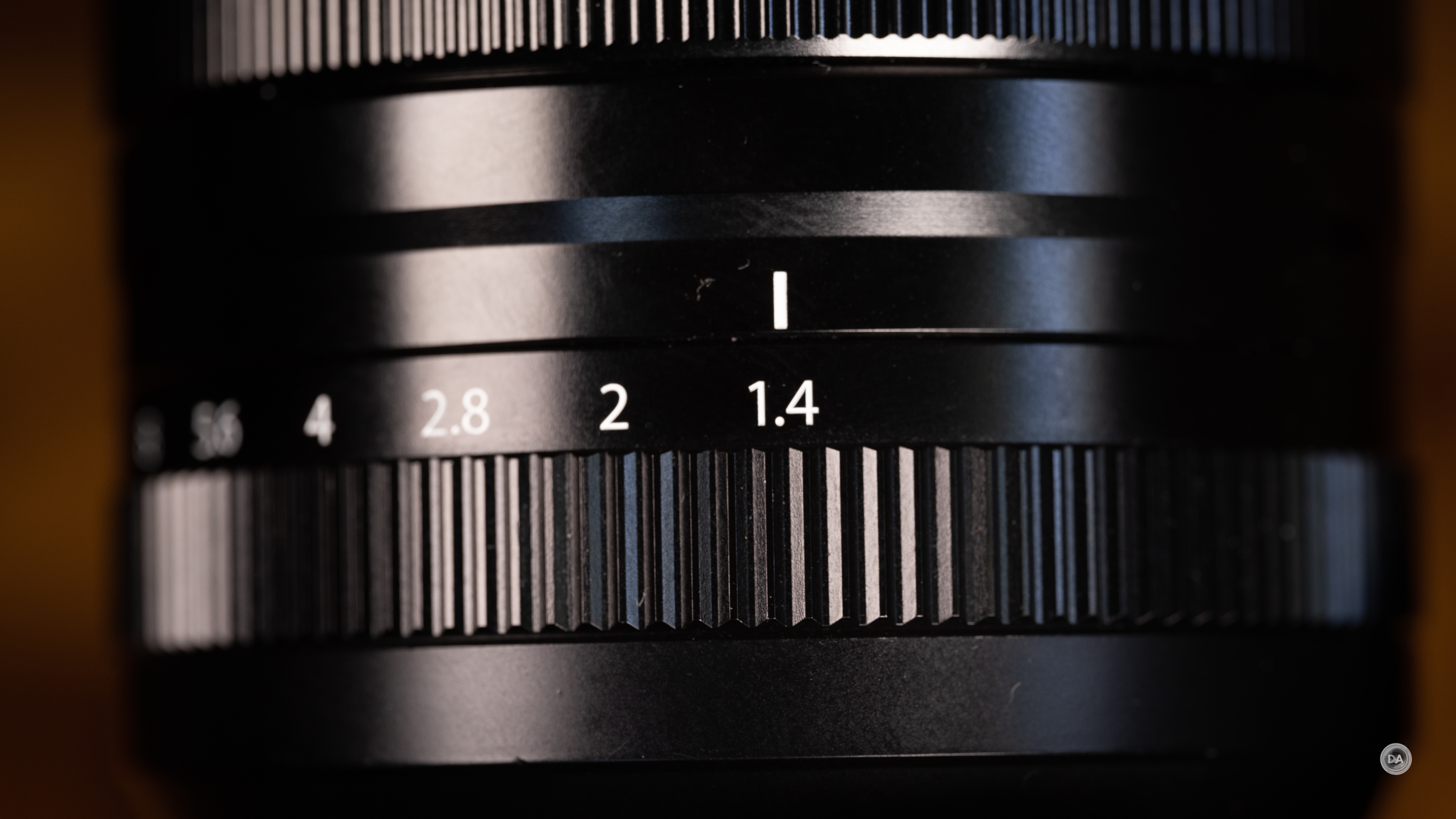
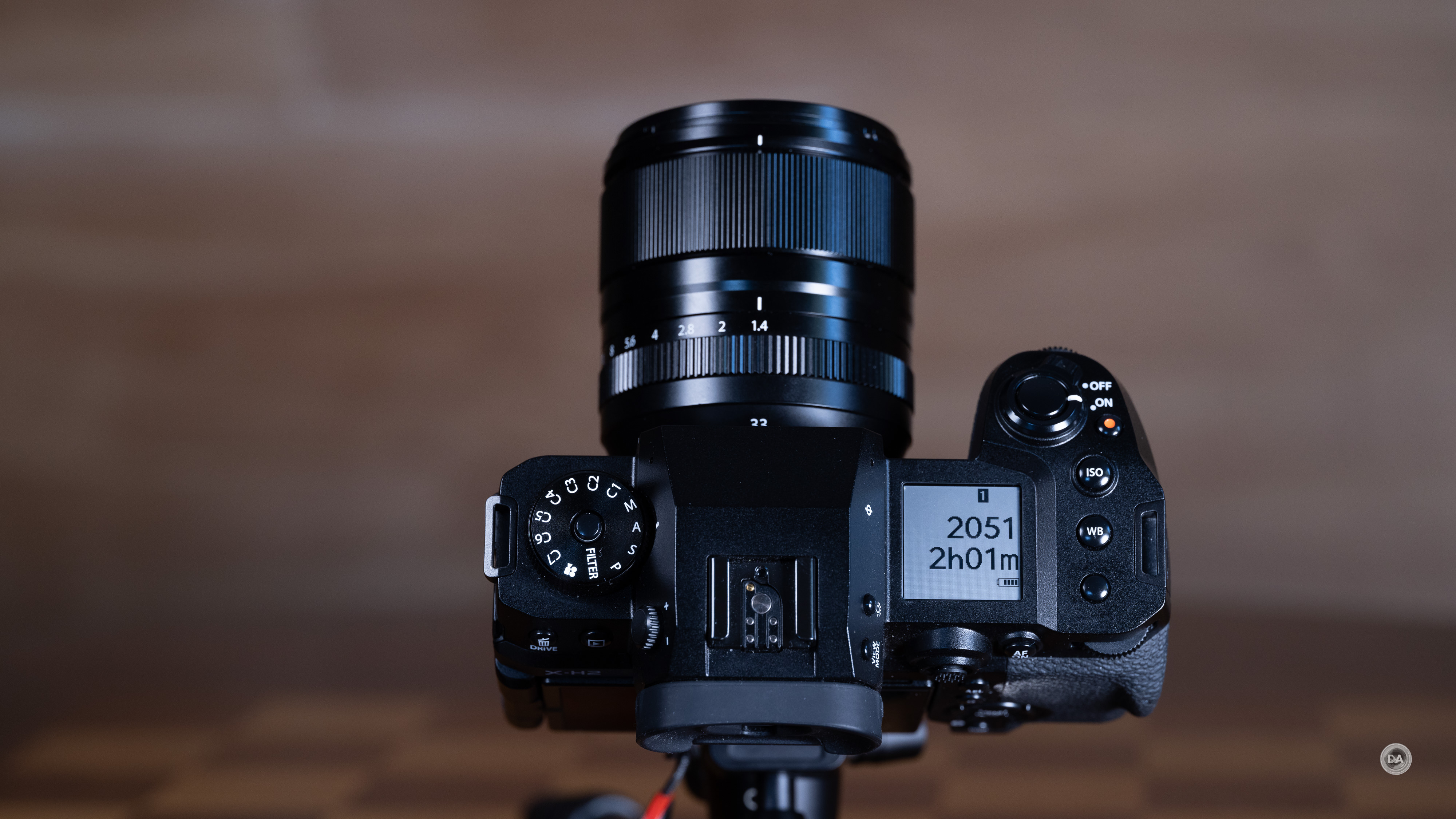
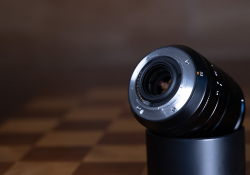
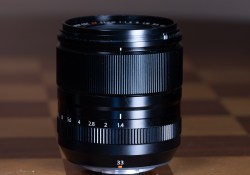
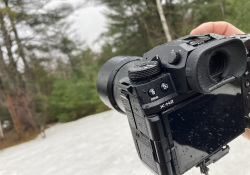

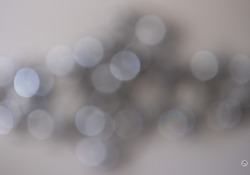
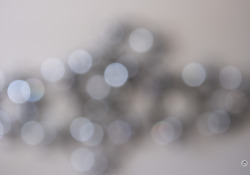
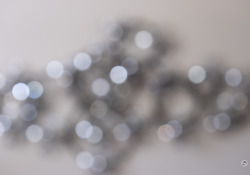
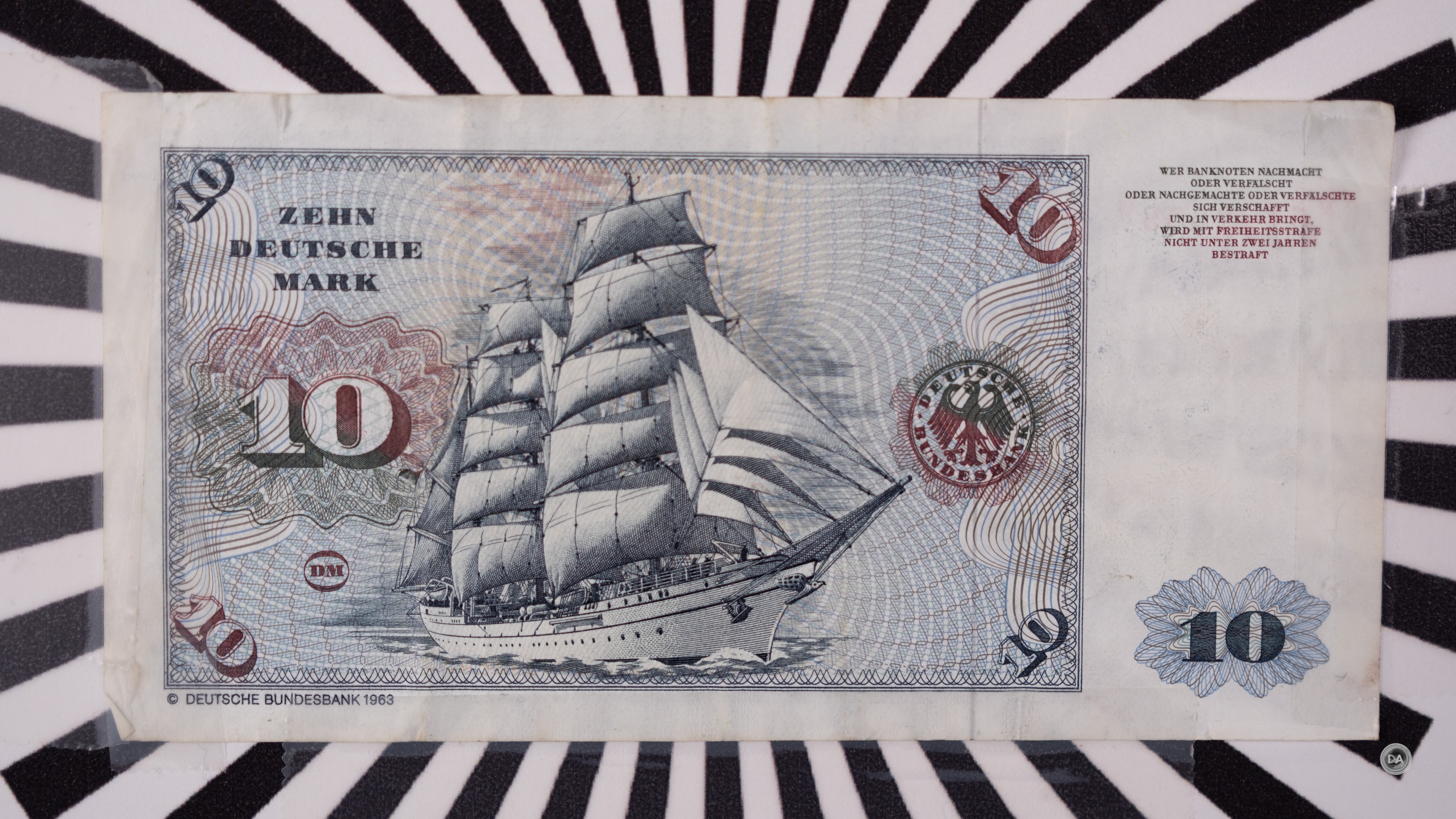


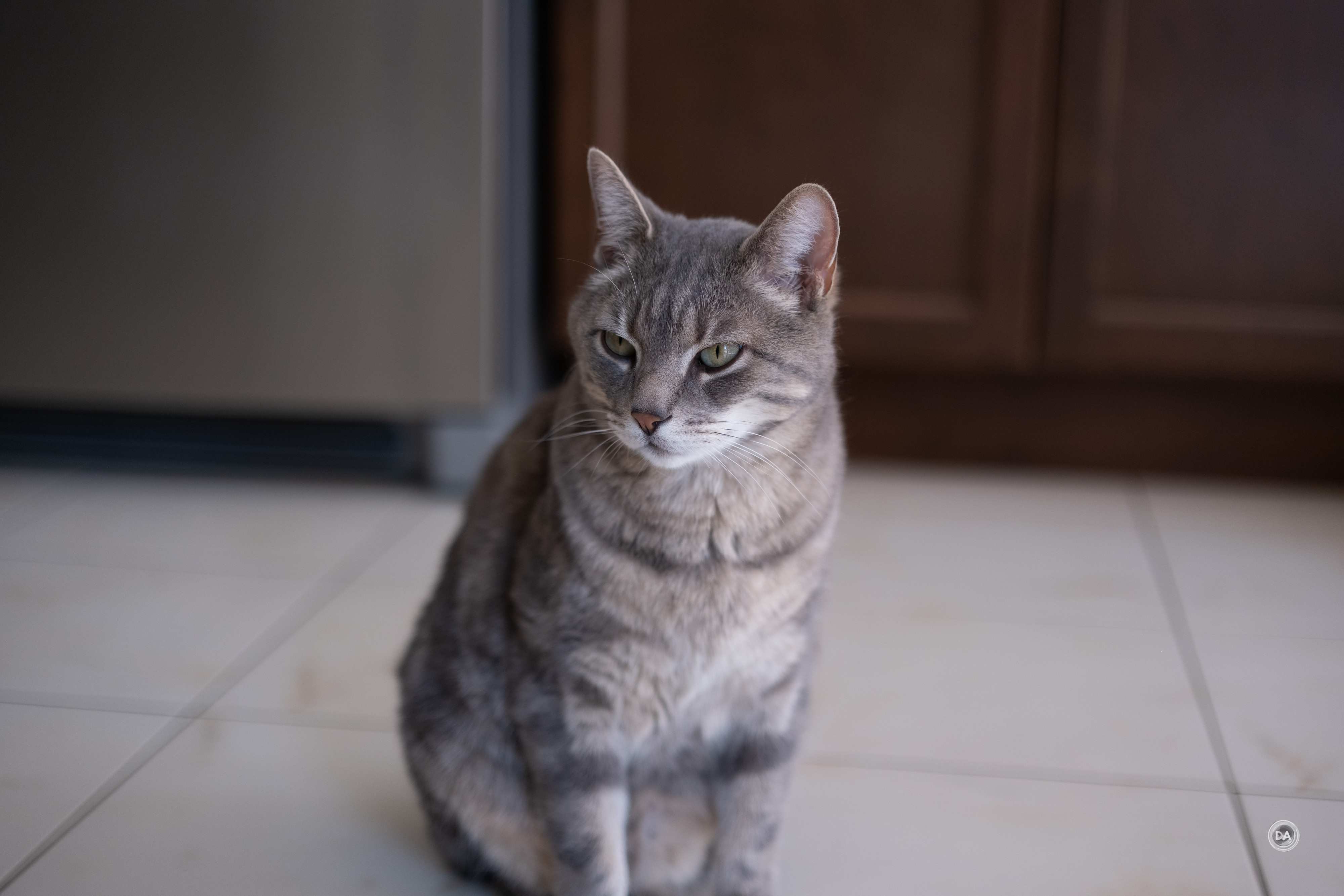
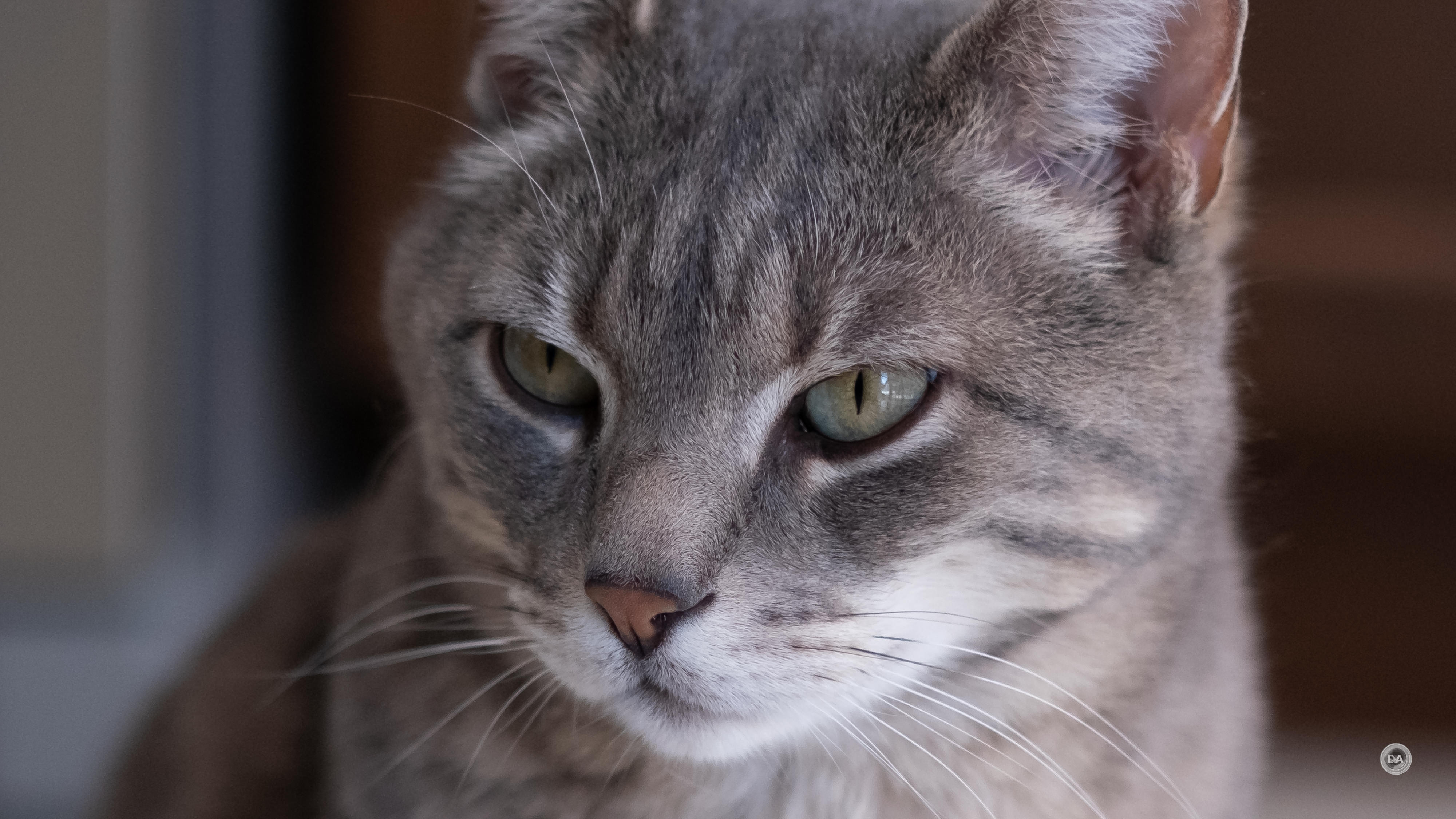


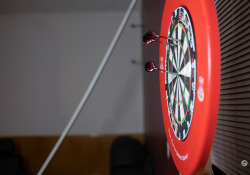
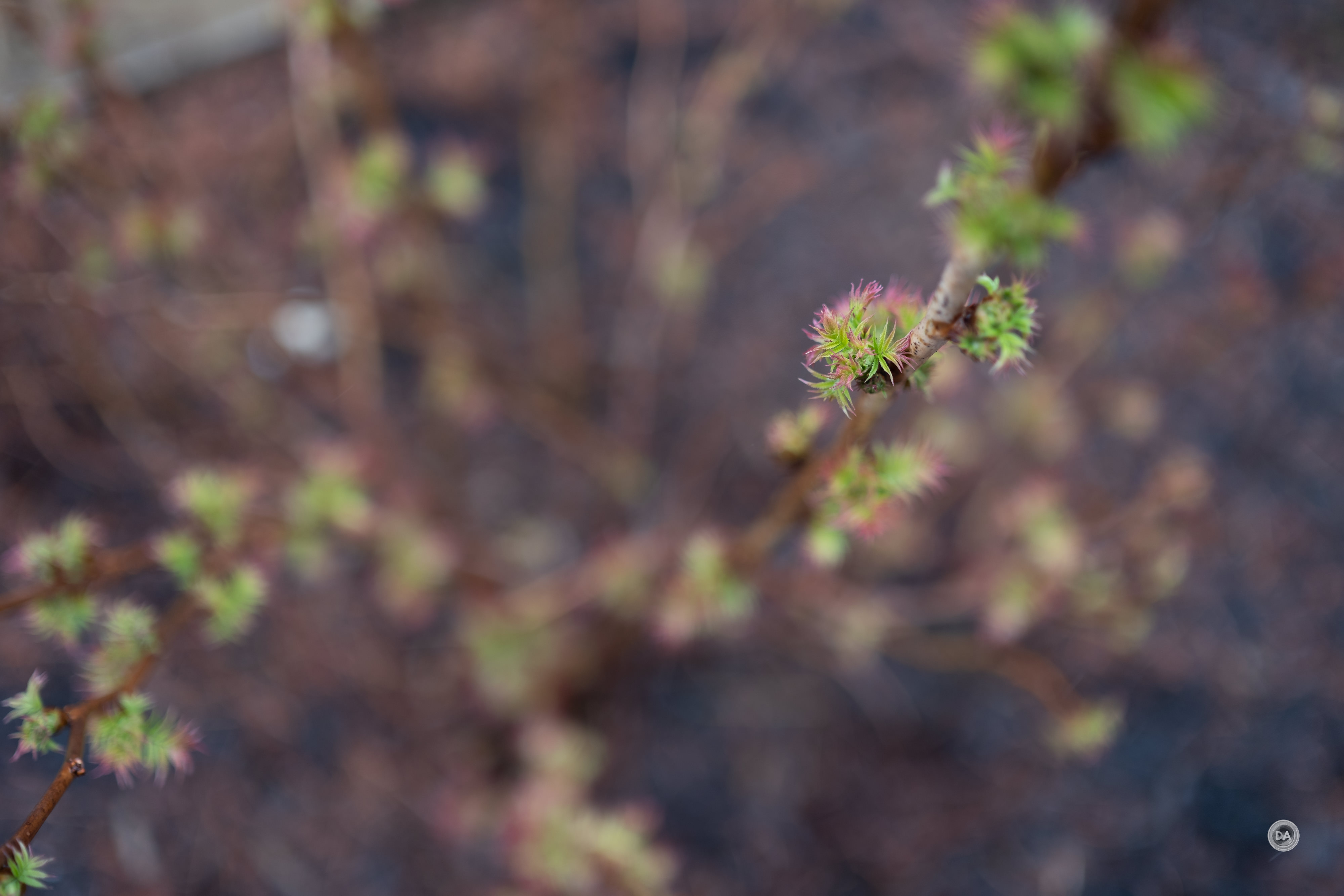
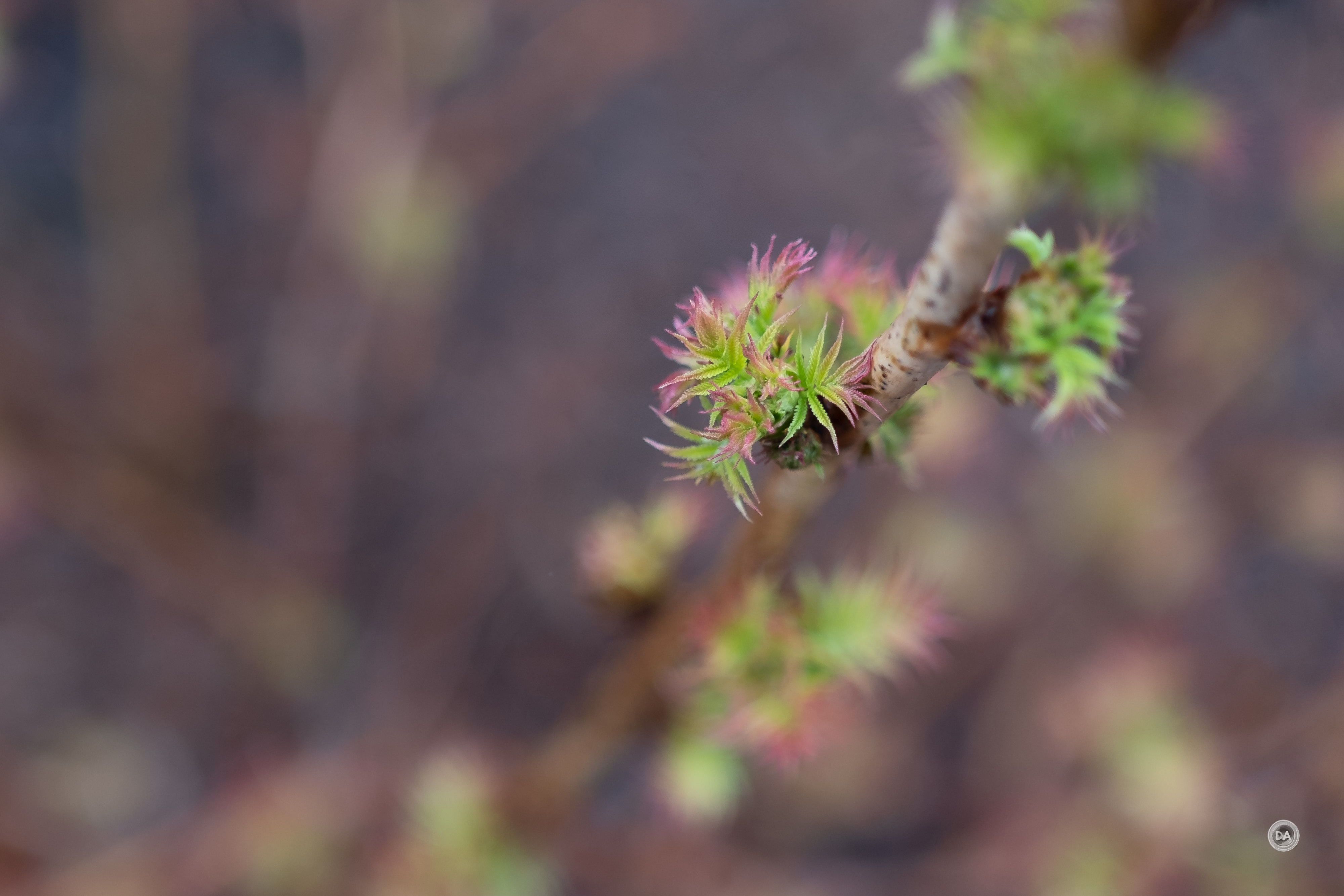
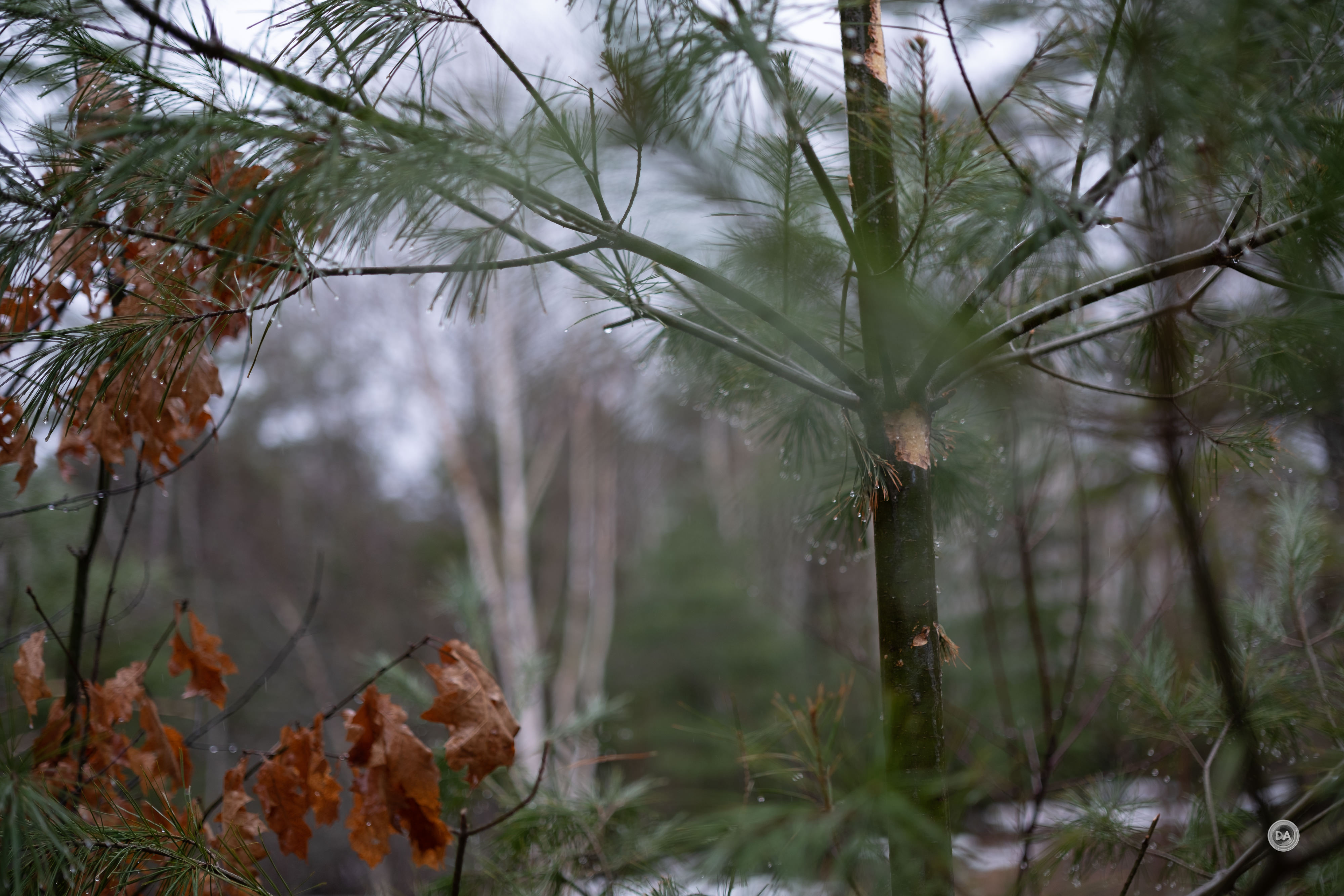
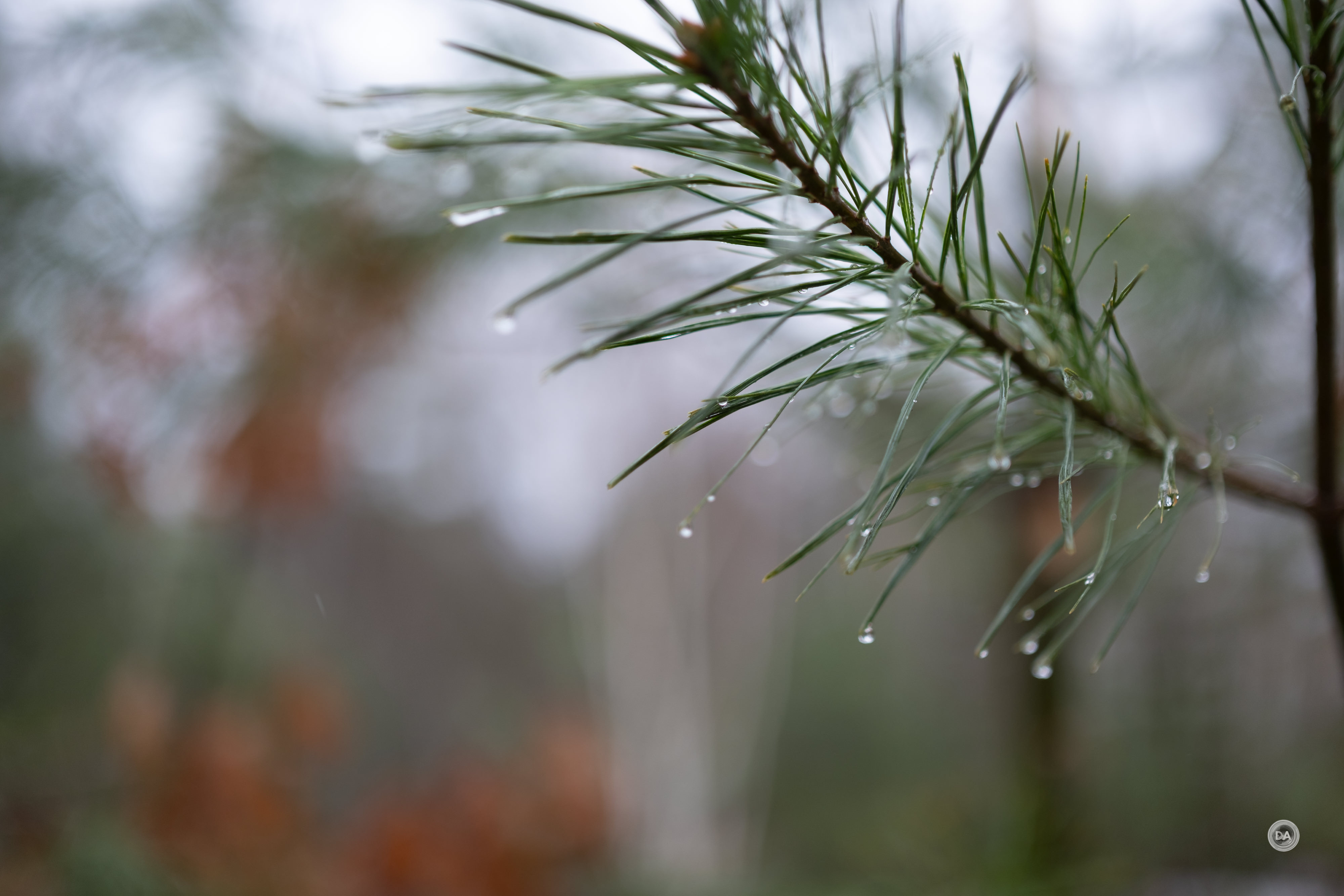


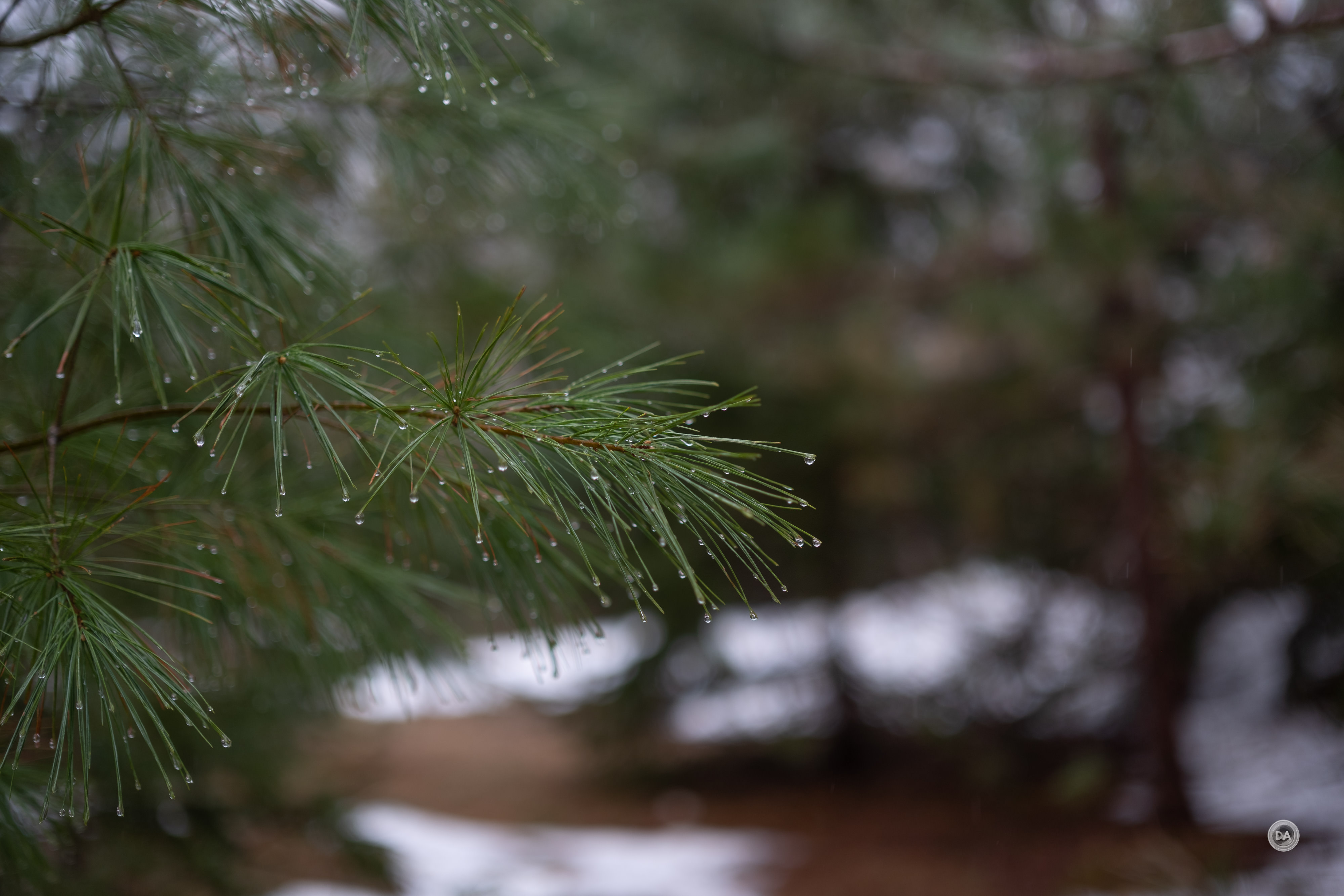
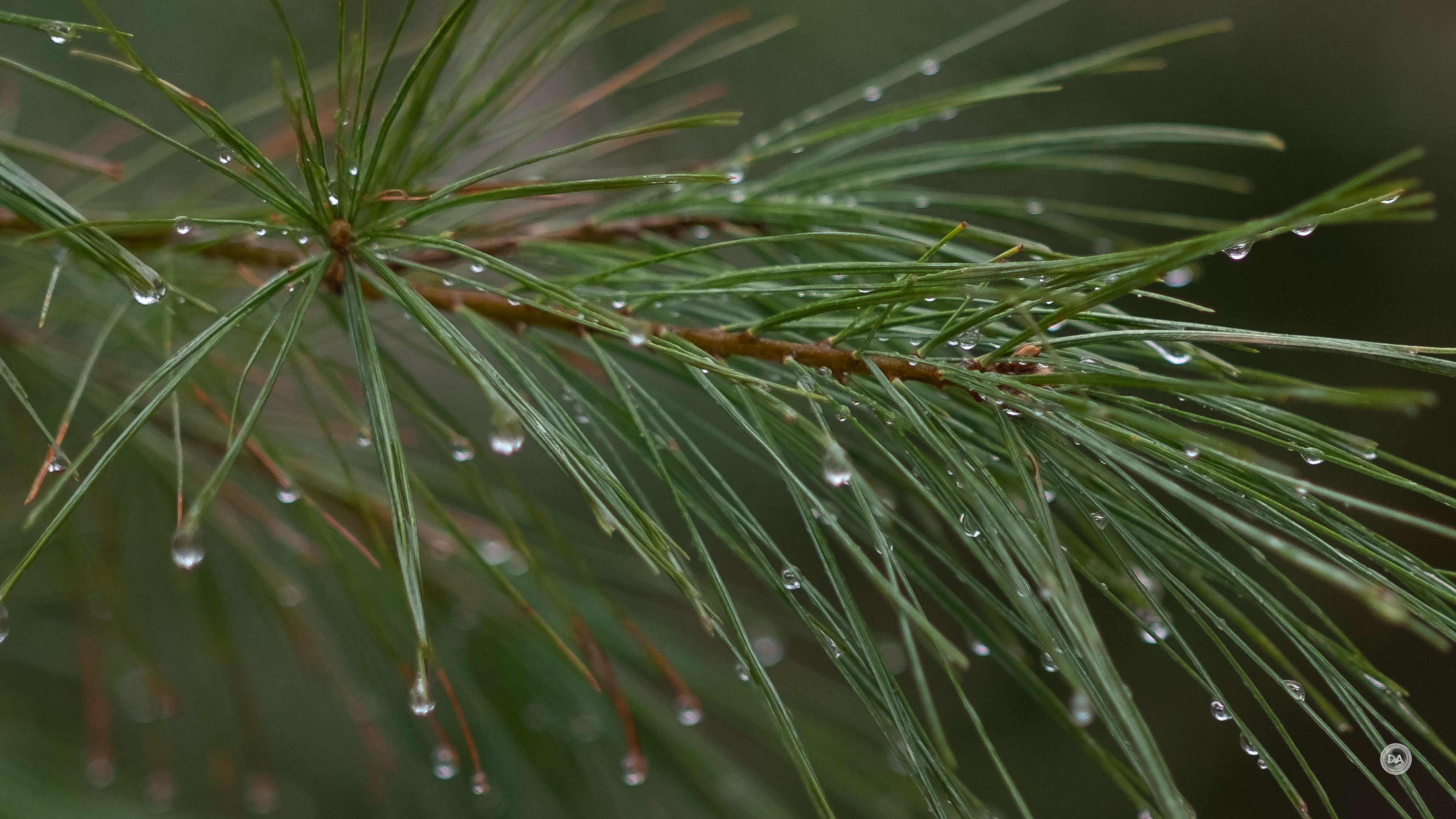
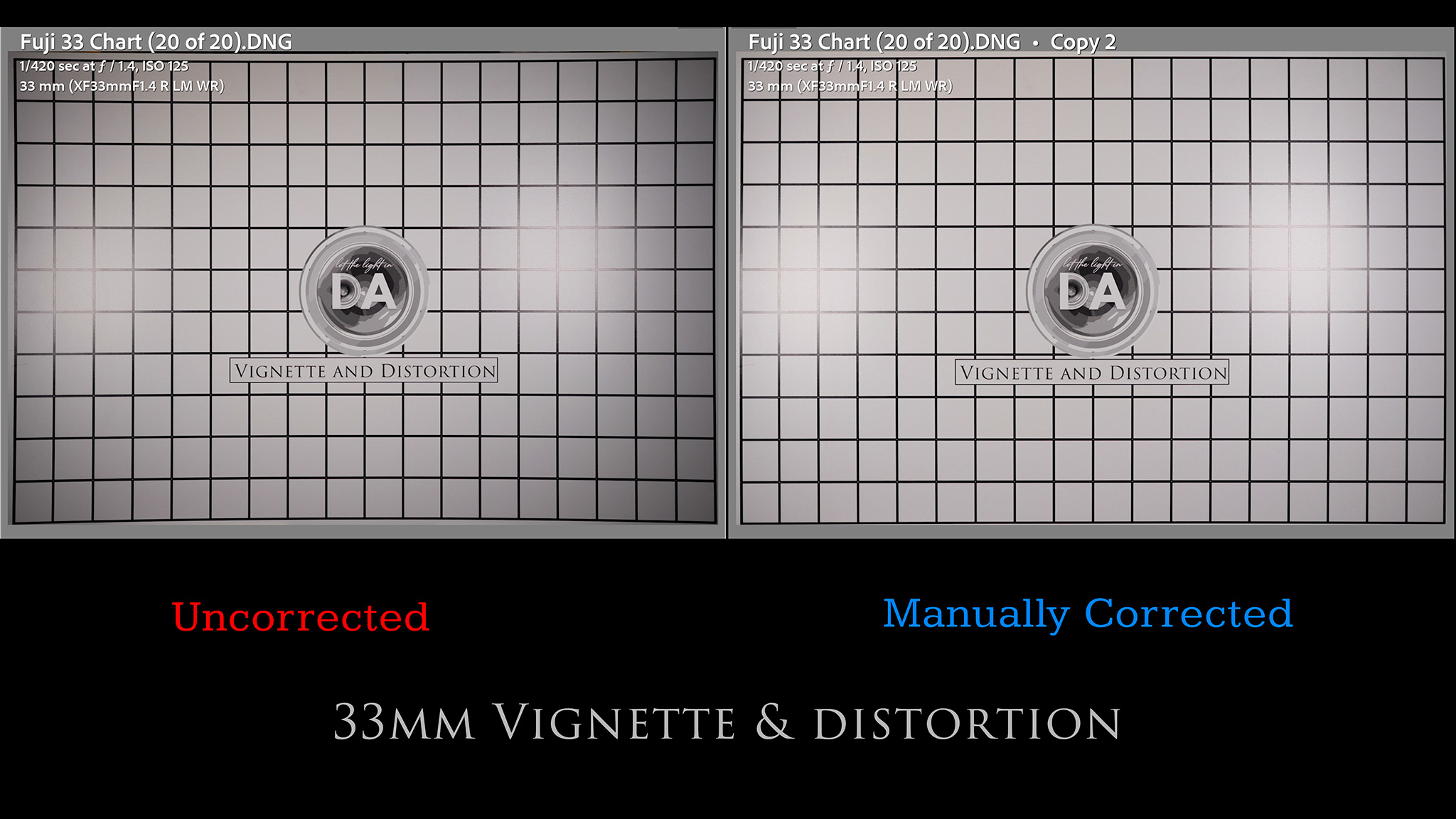


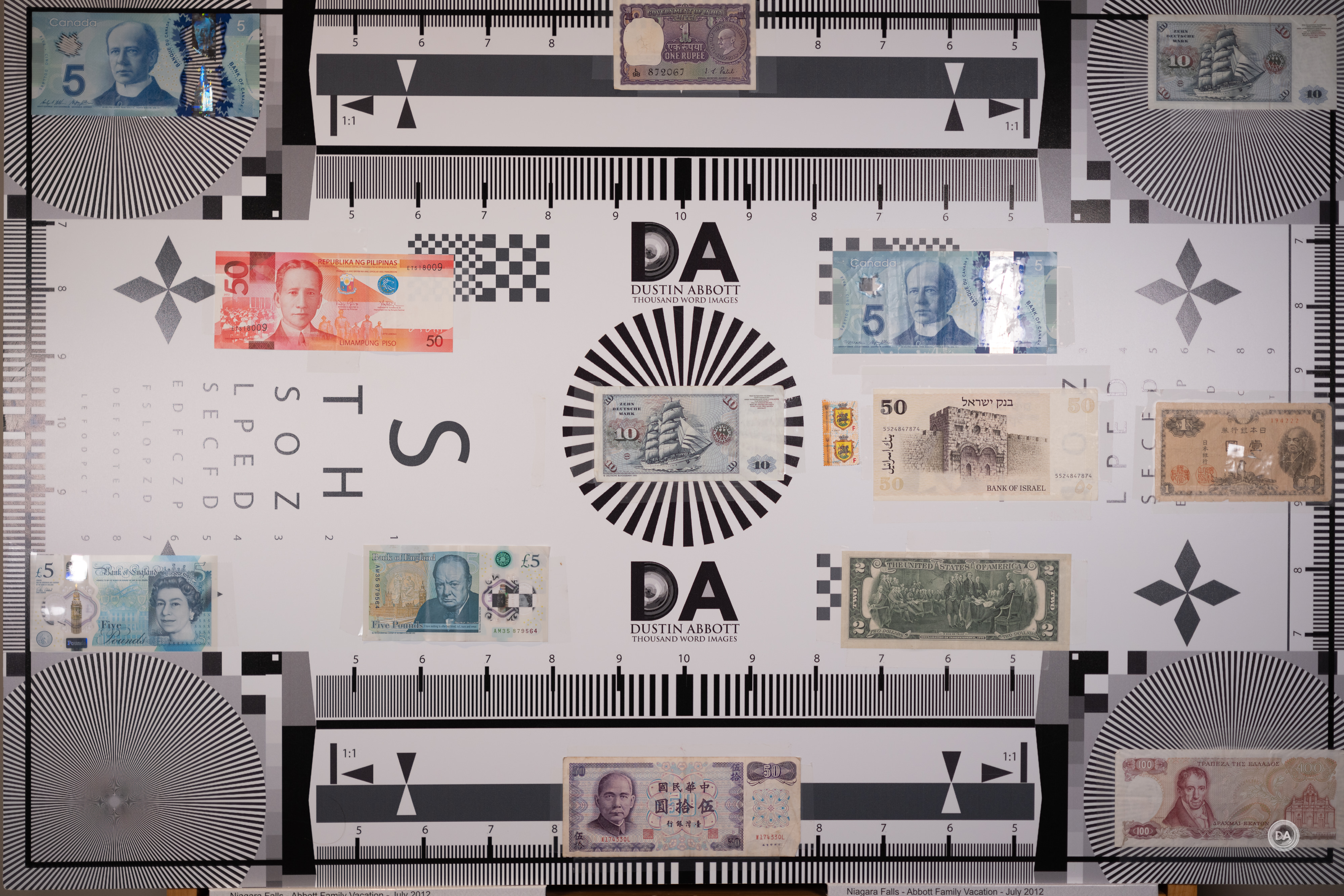

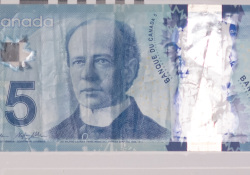

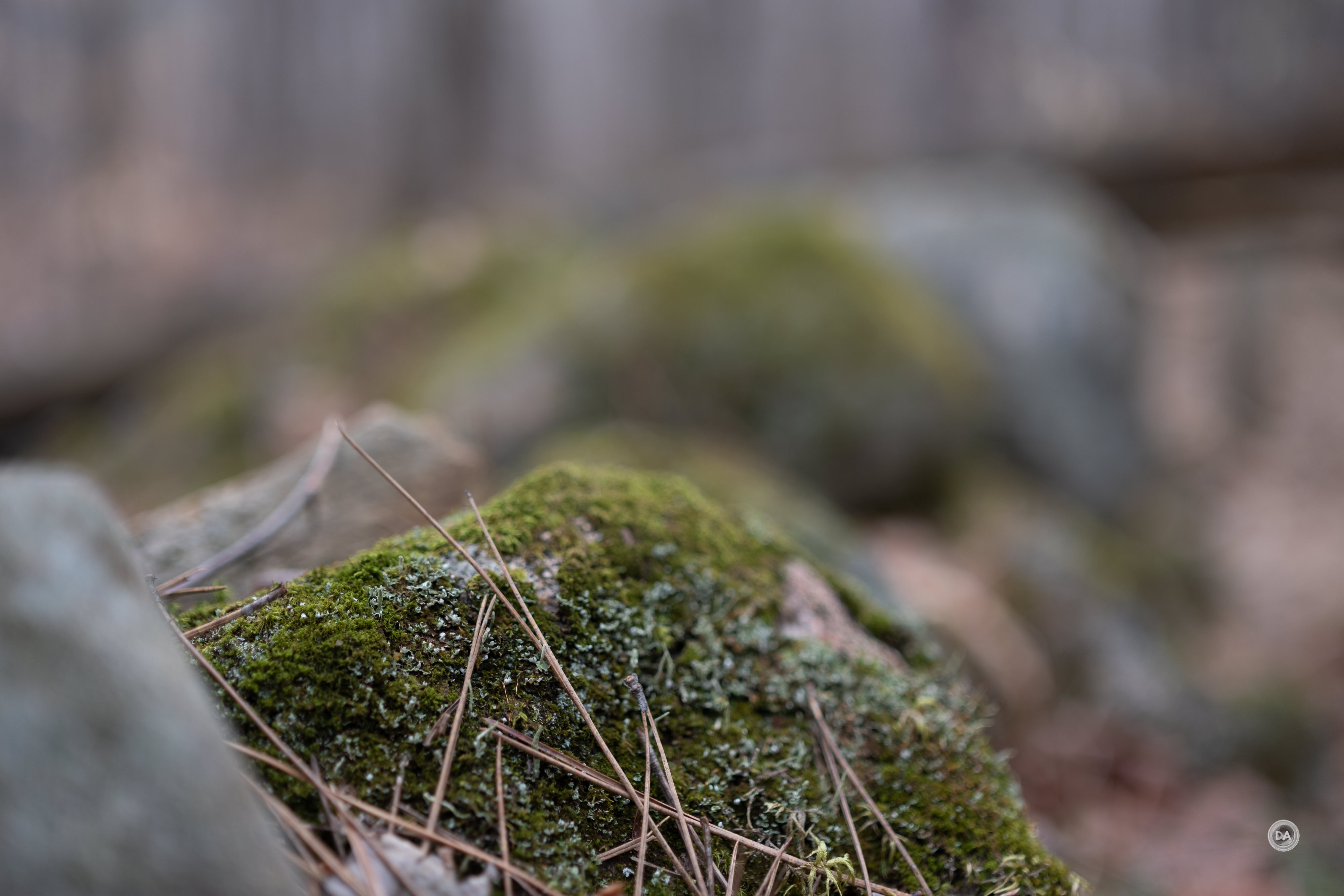
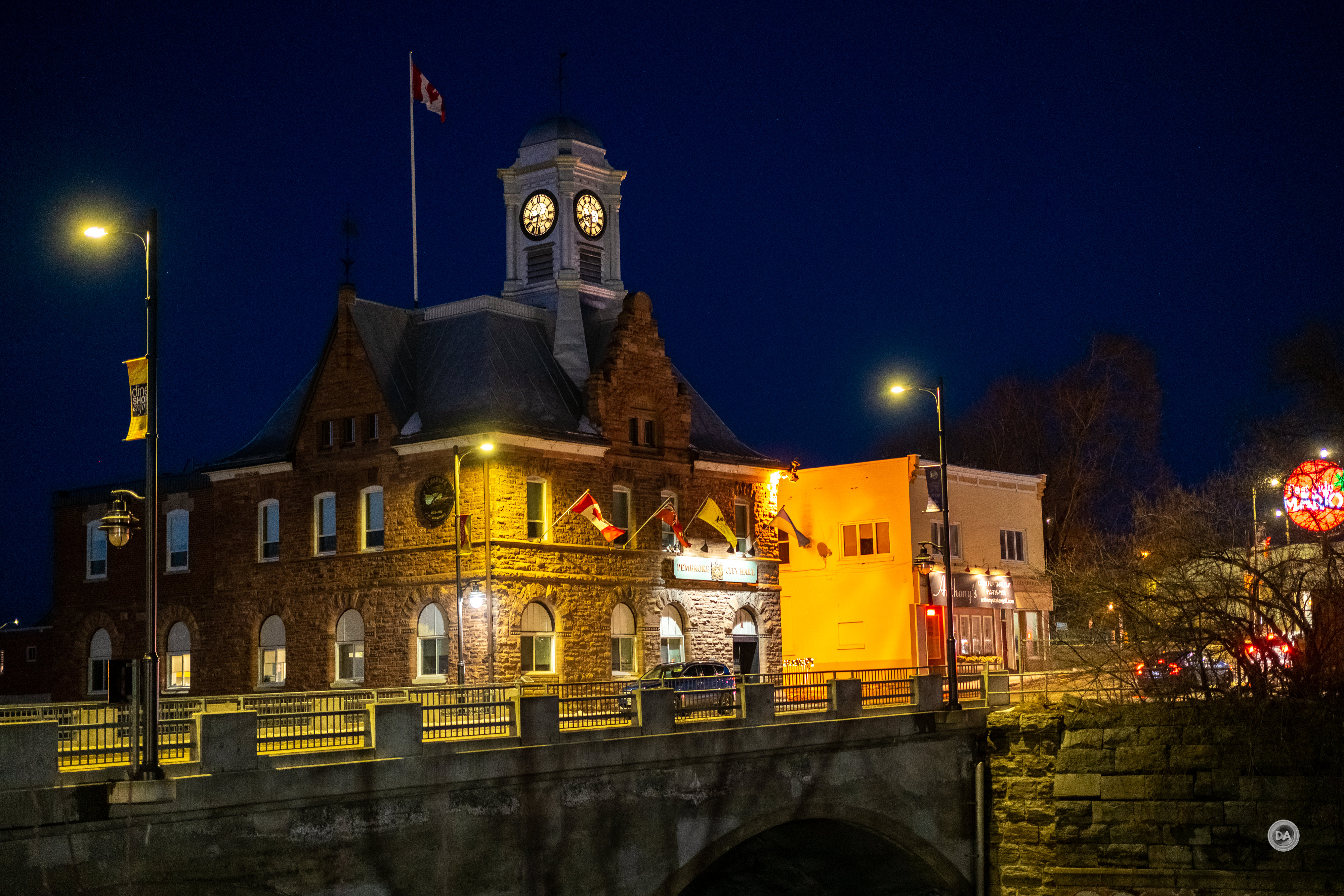
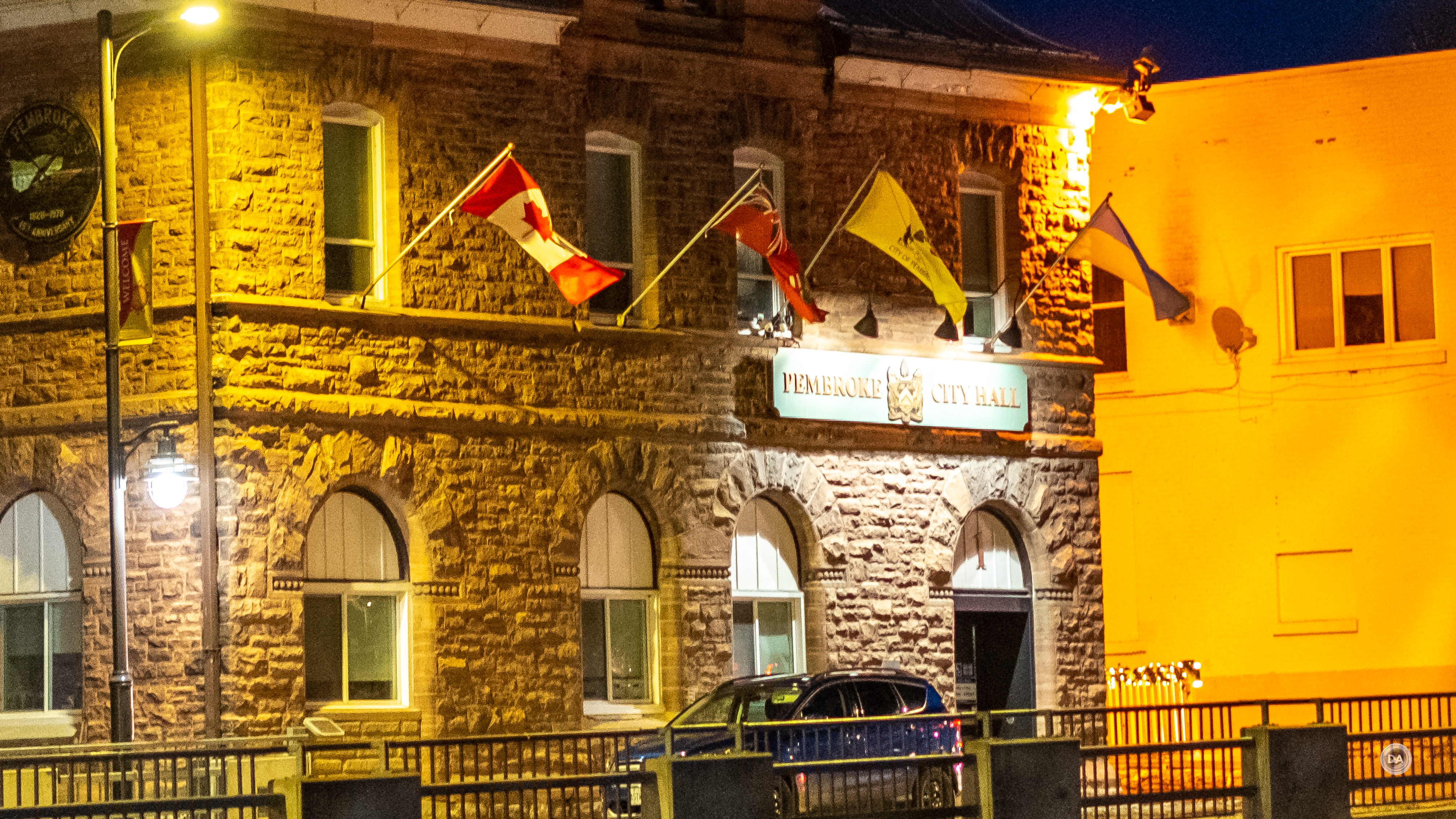
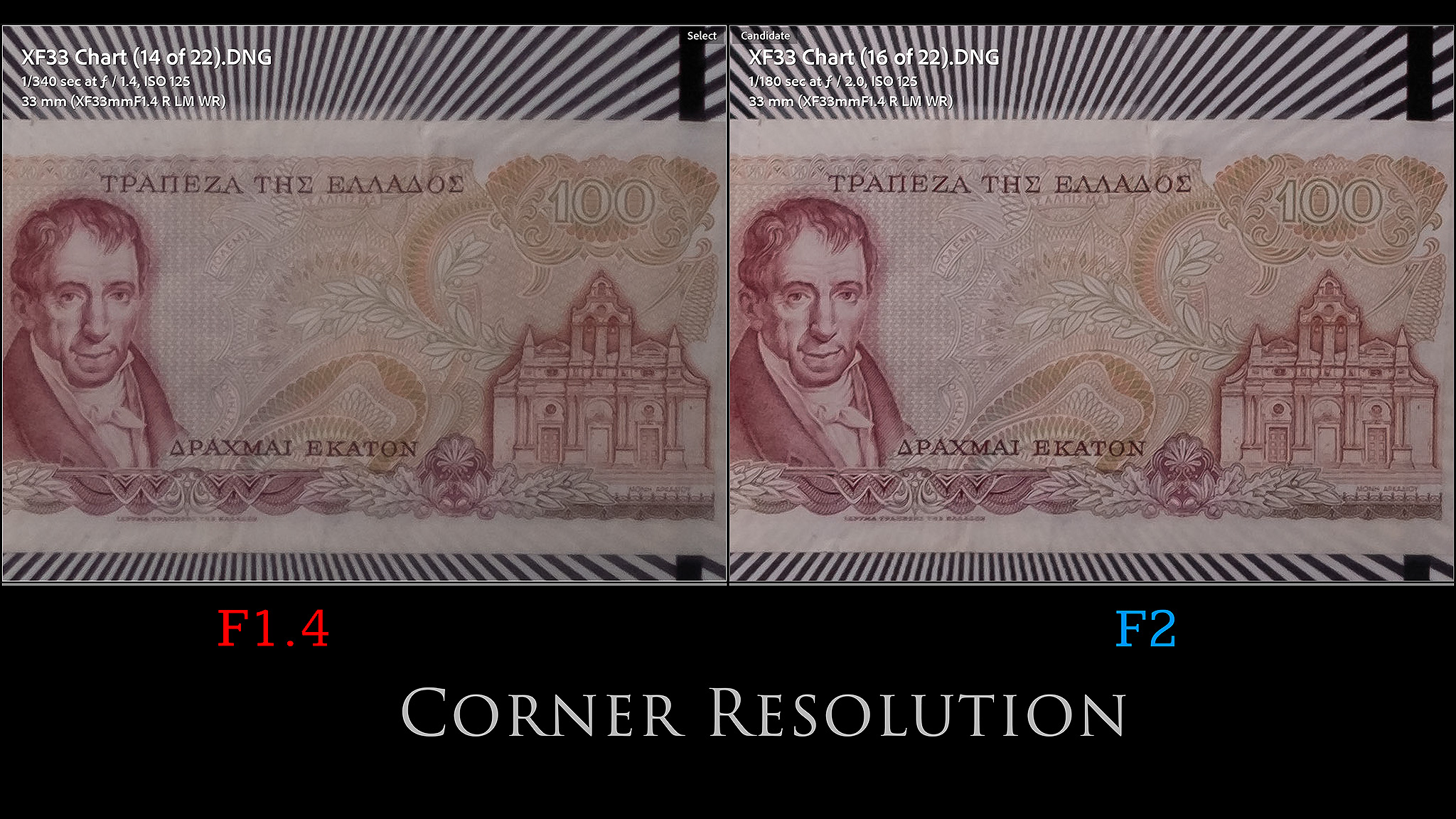






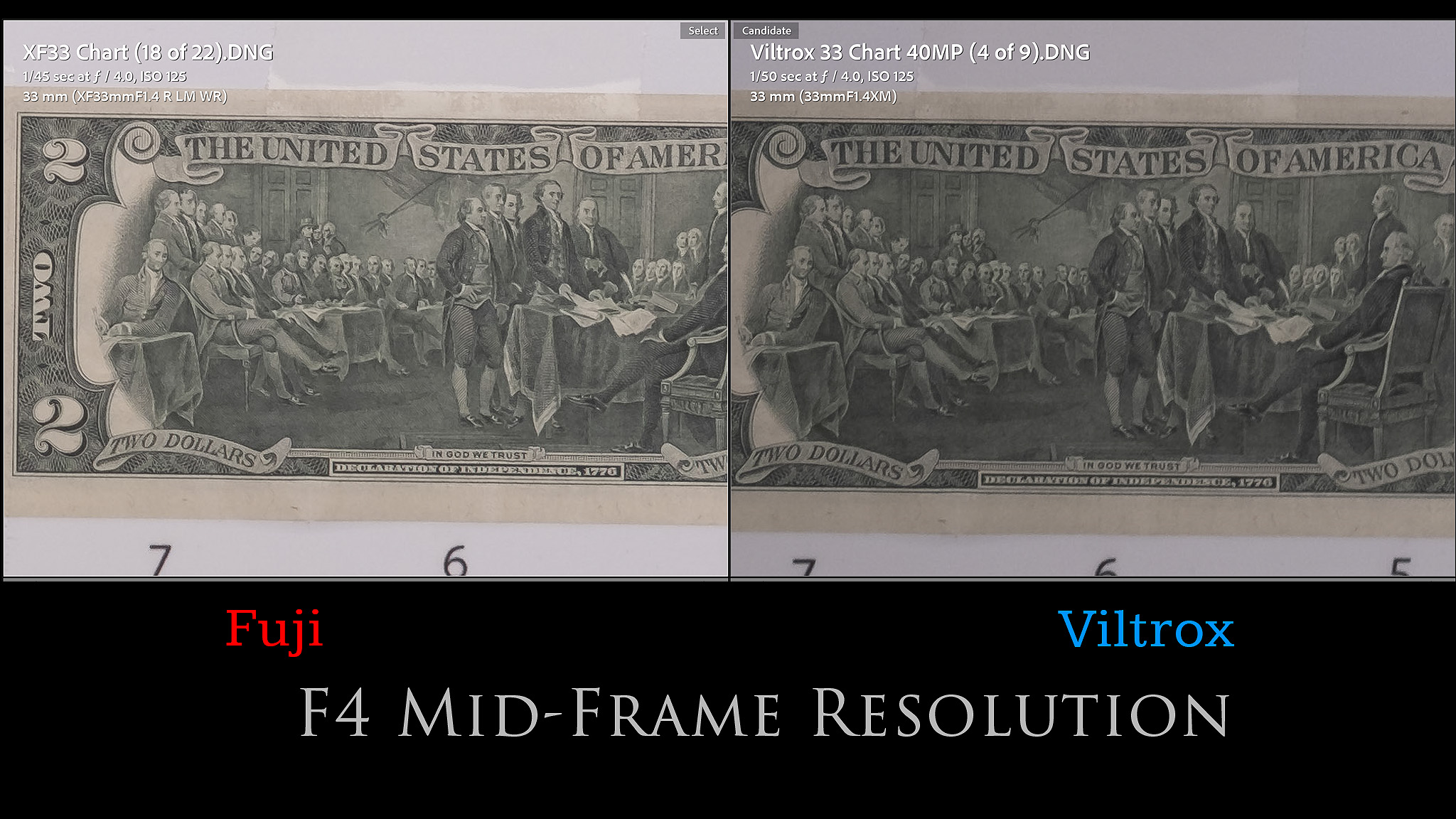
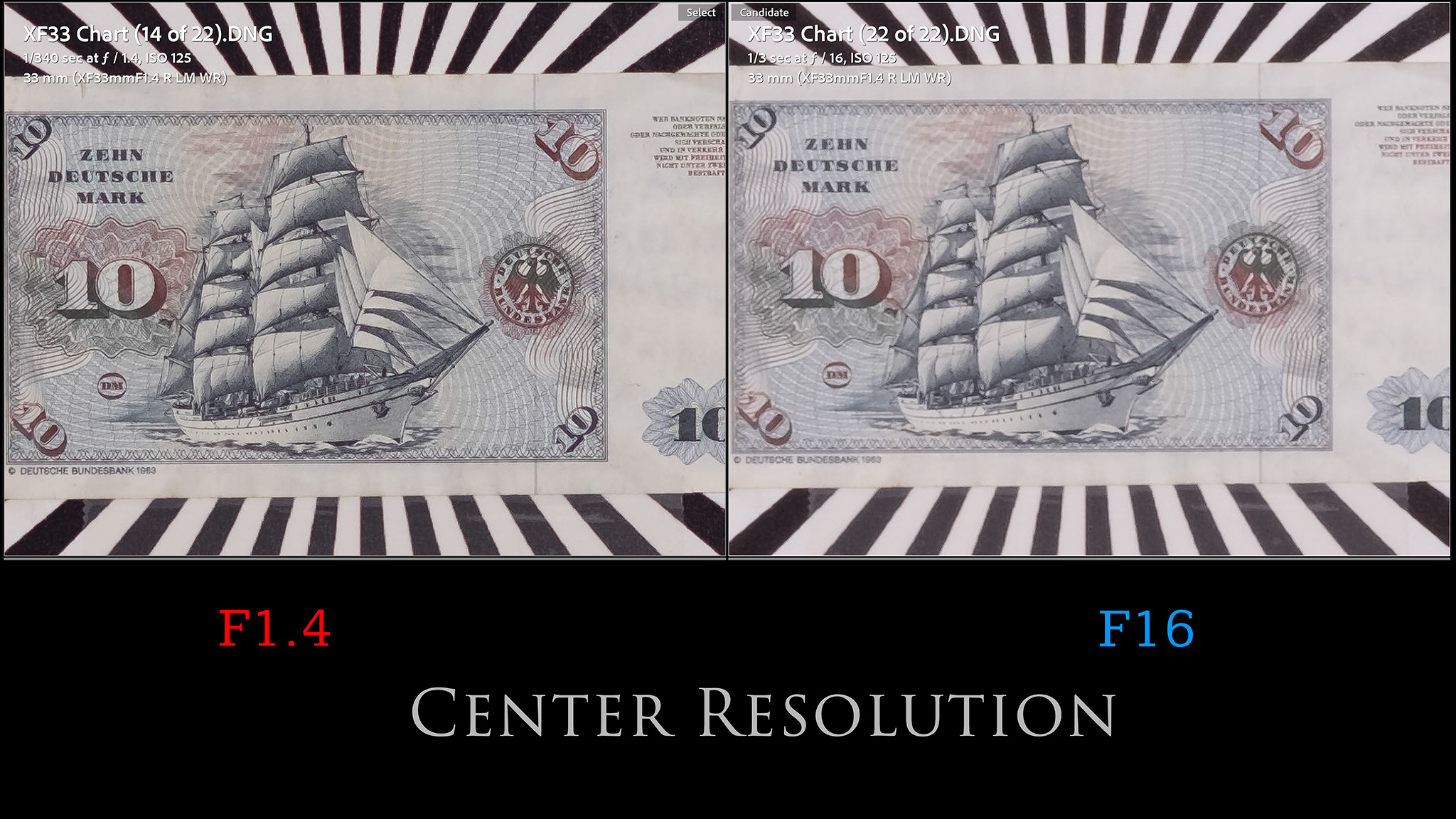

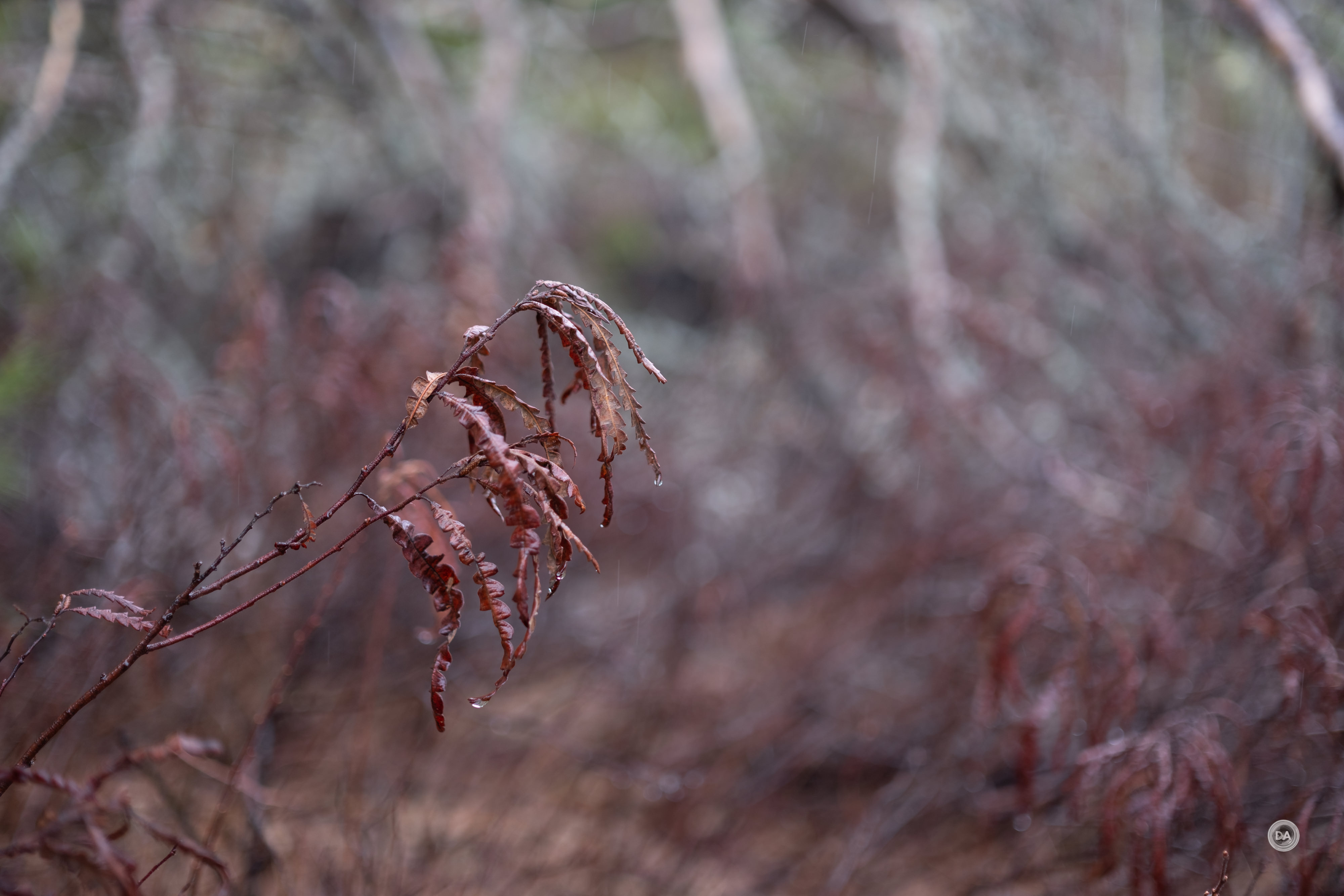

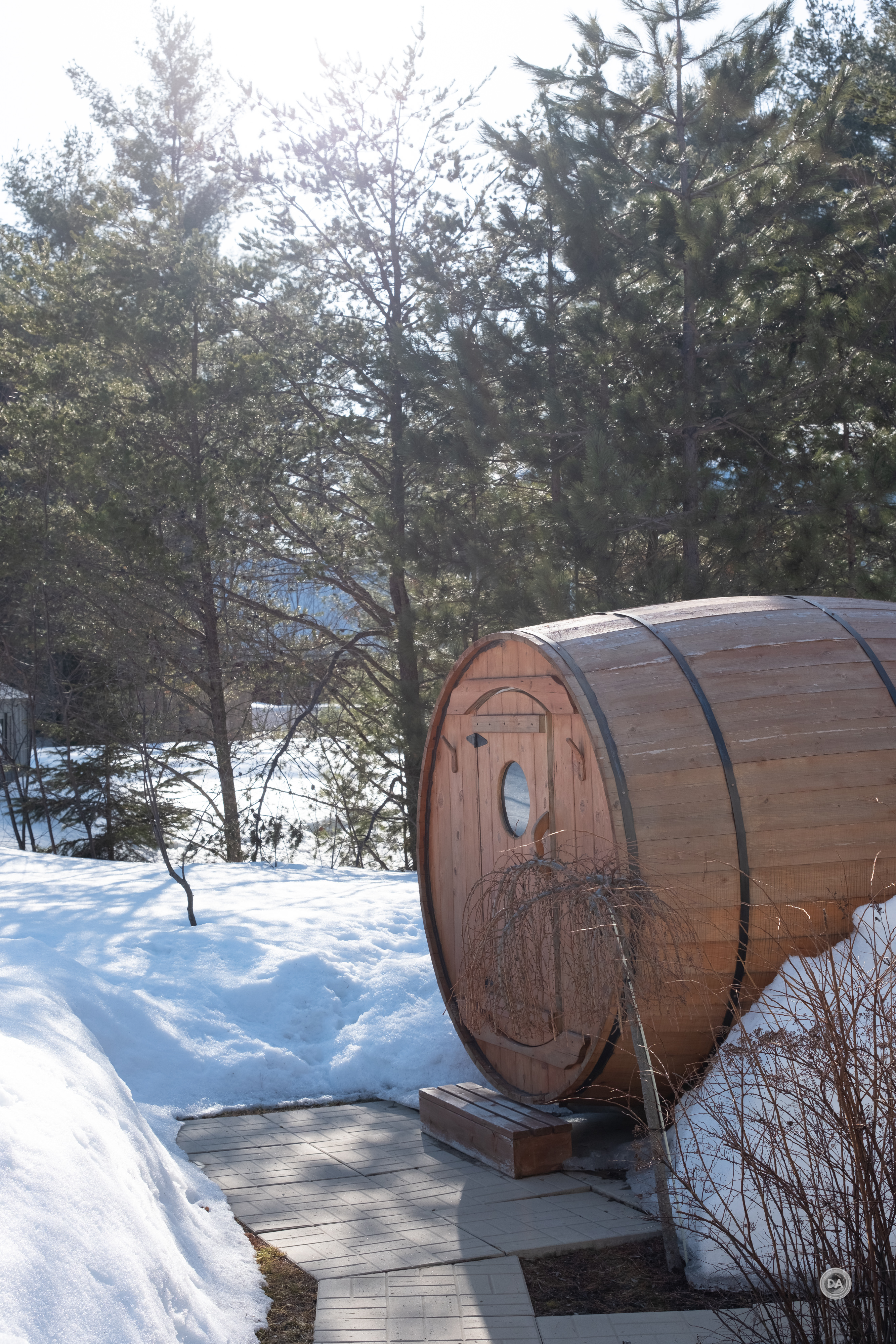
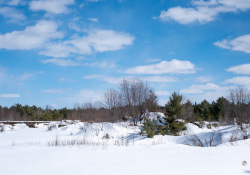
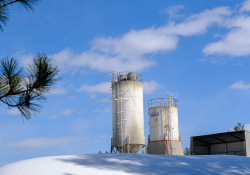
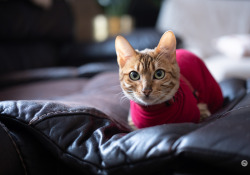








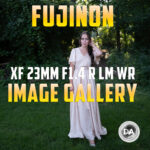
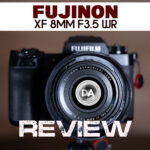






[…] Sirui Sniper 33mm F1.2 is not as sharp as either the Fujinon XF 33mm F1.4 (click hyperlink for my review) or the Viltrox Pro AF 27mm F1.2. It is more like the older Viltrox […]